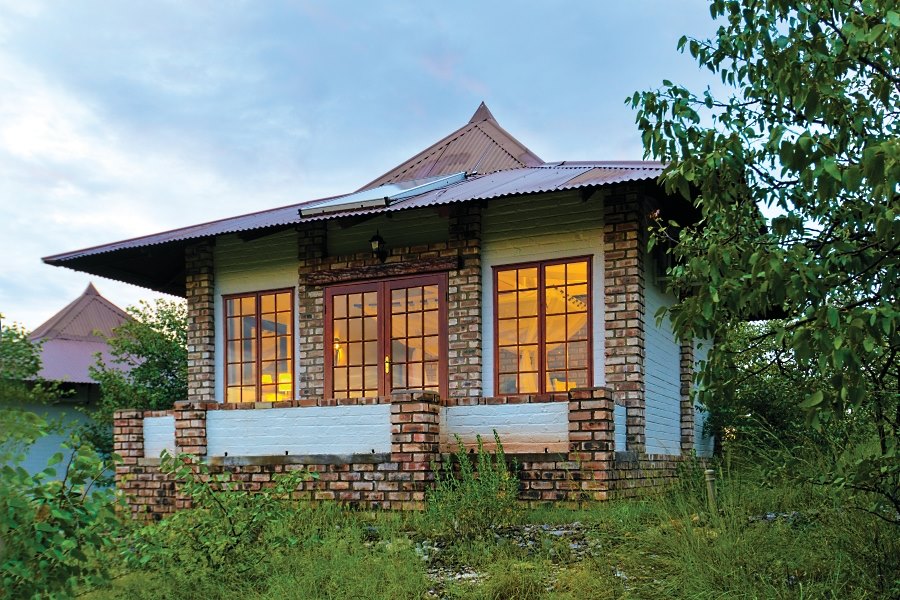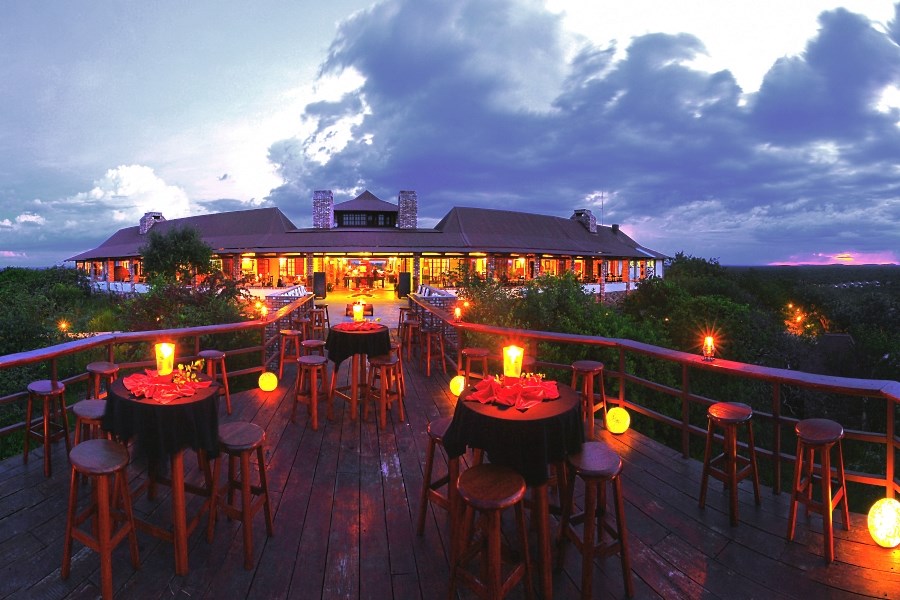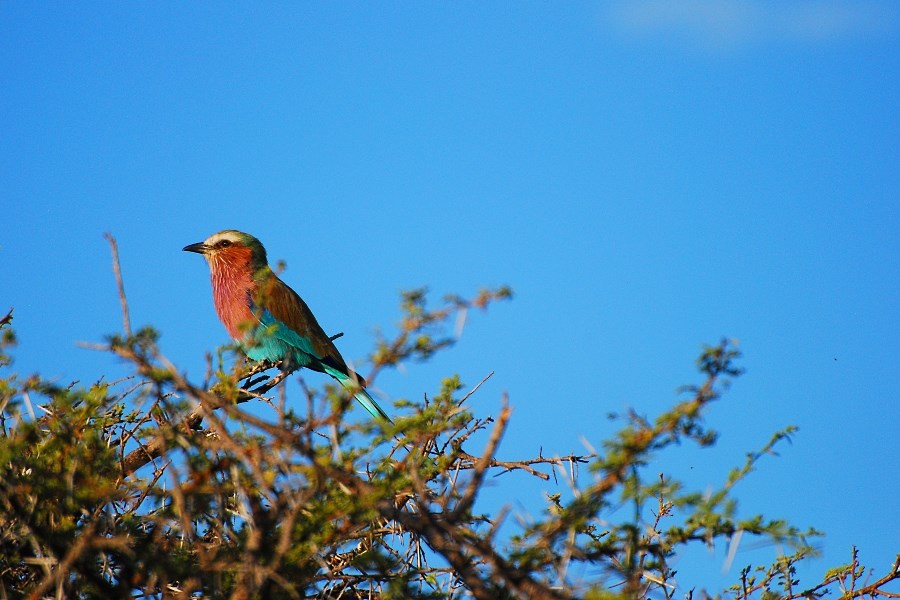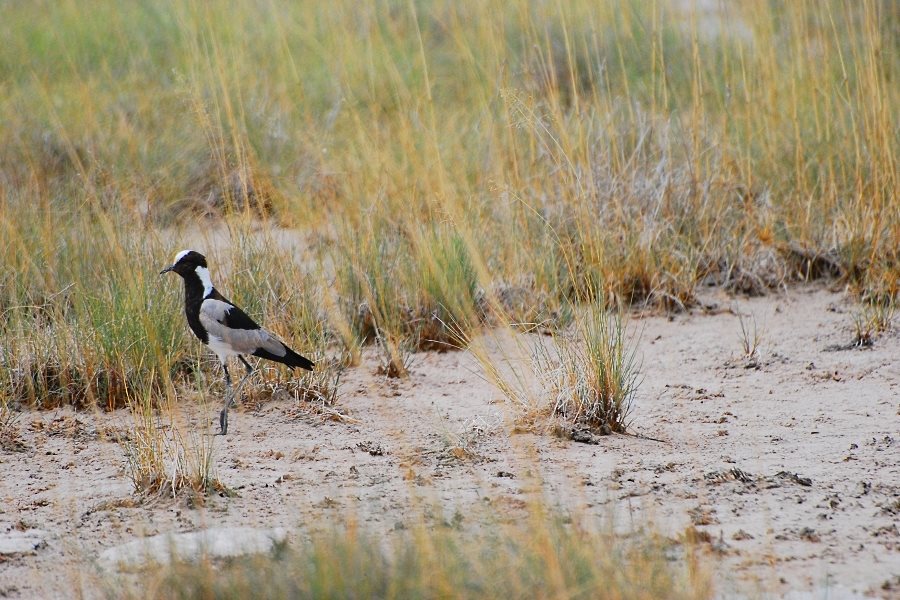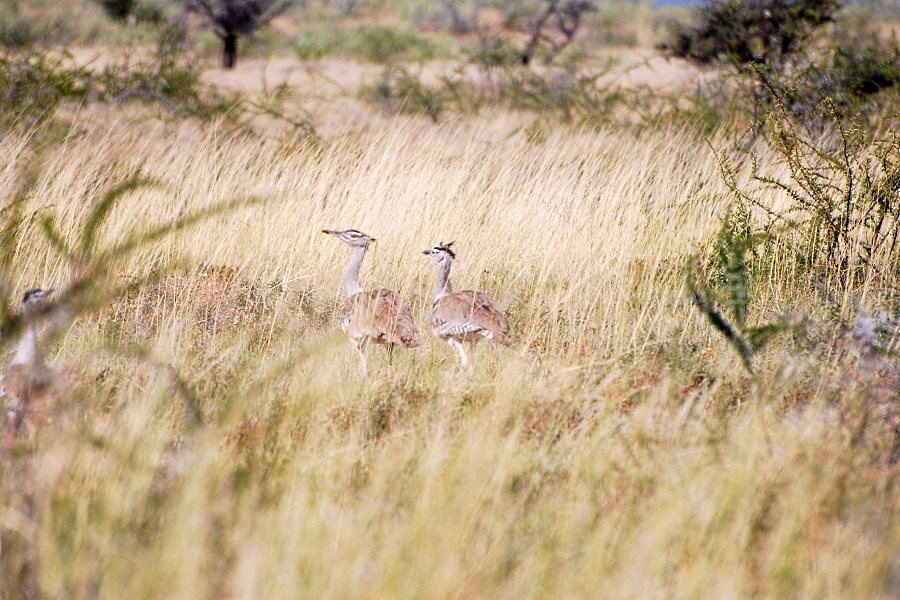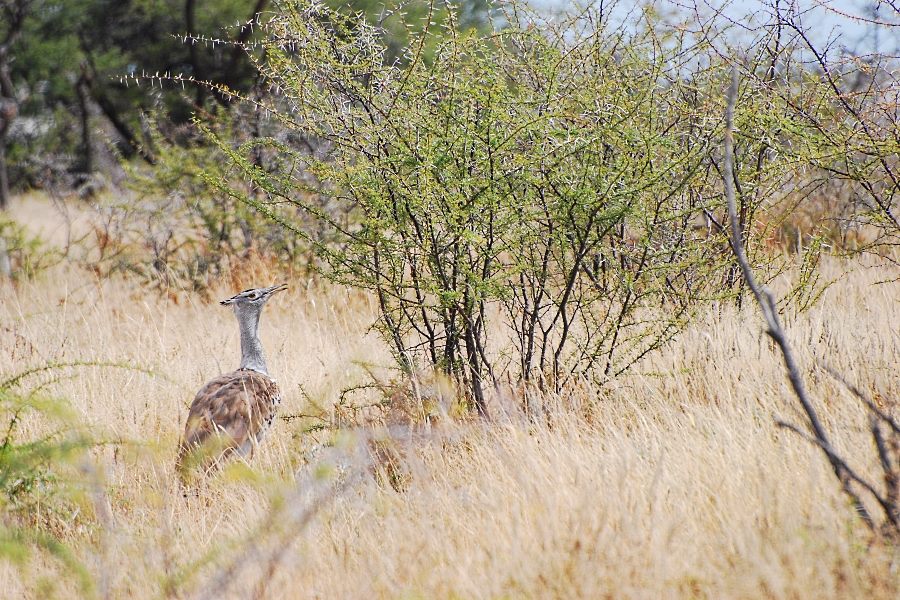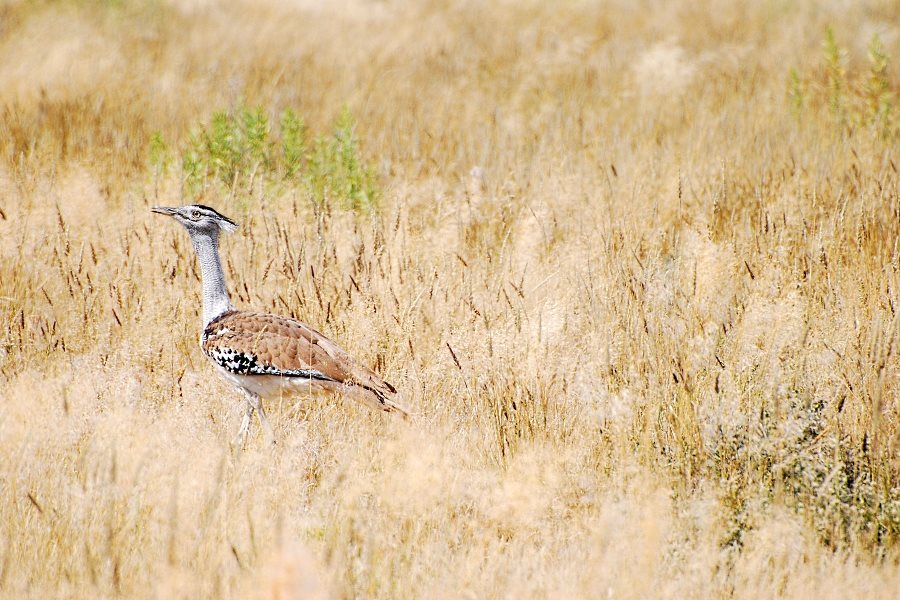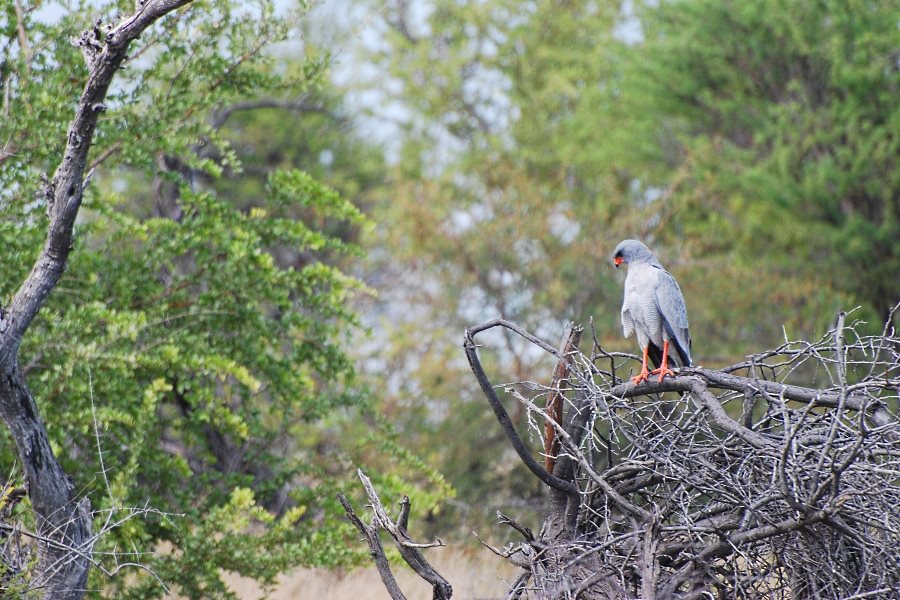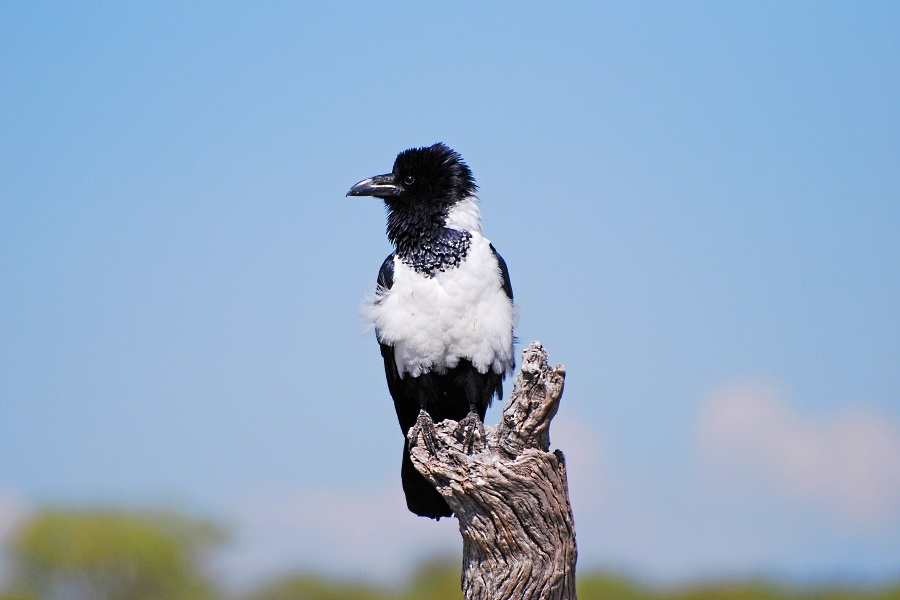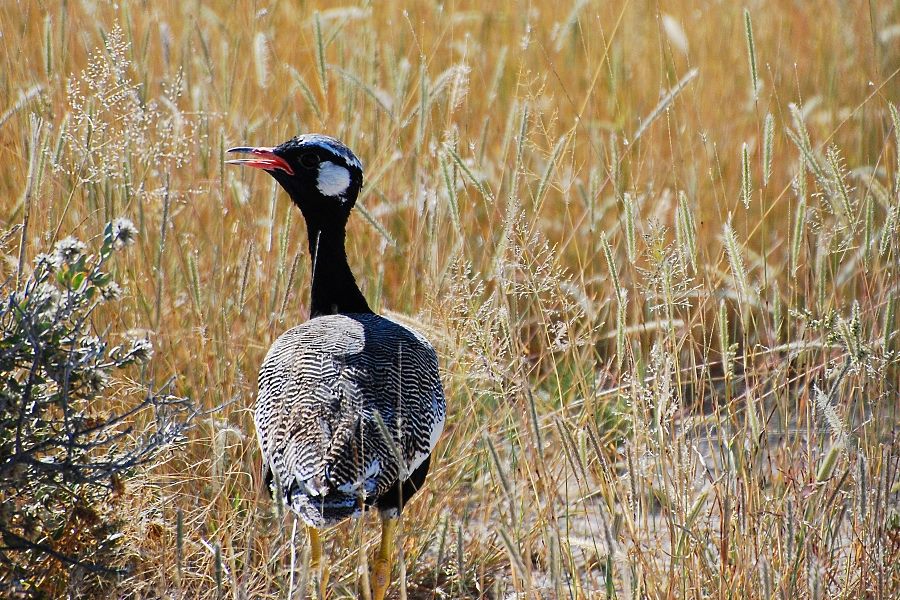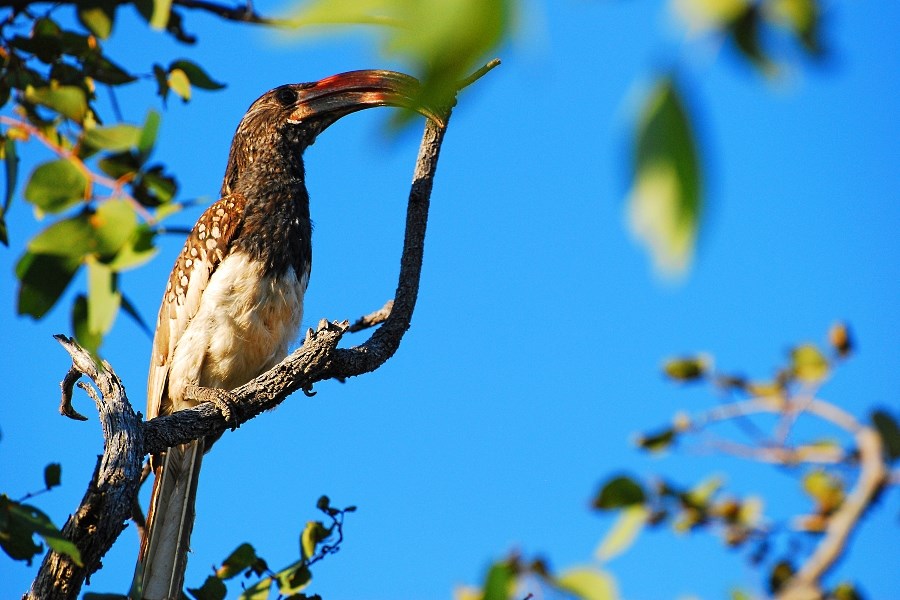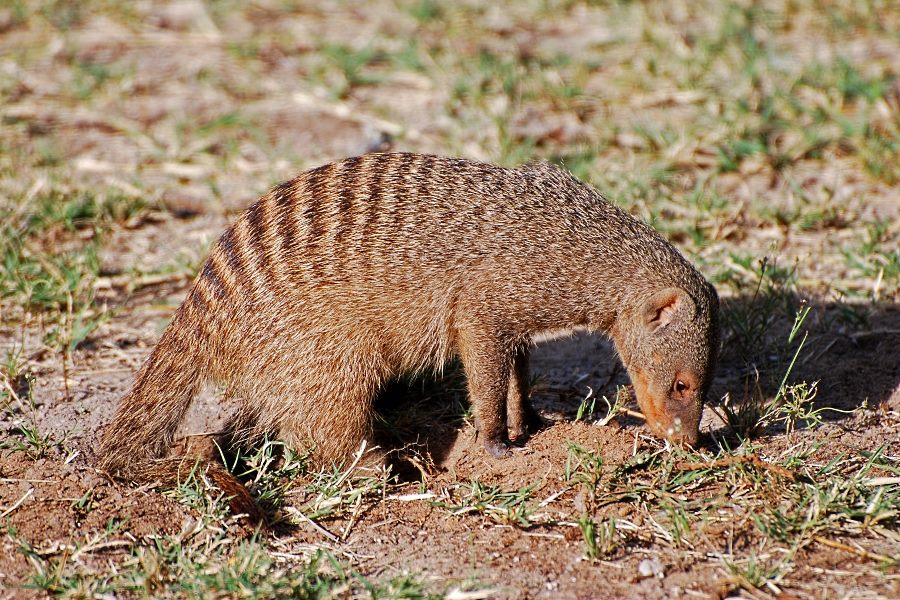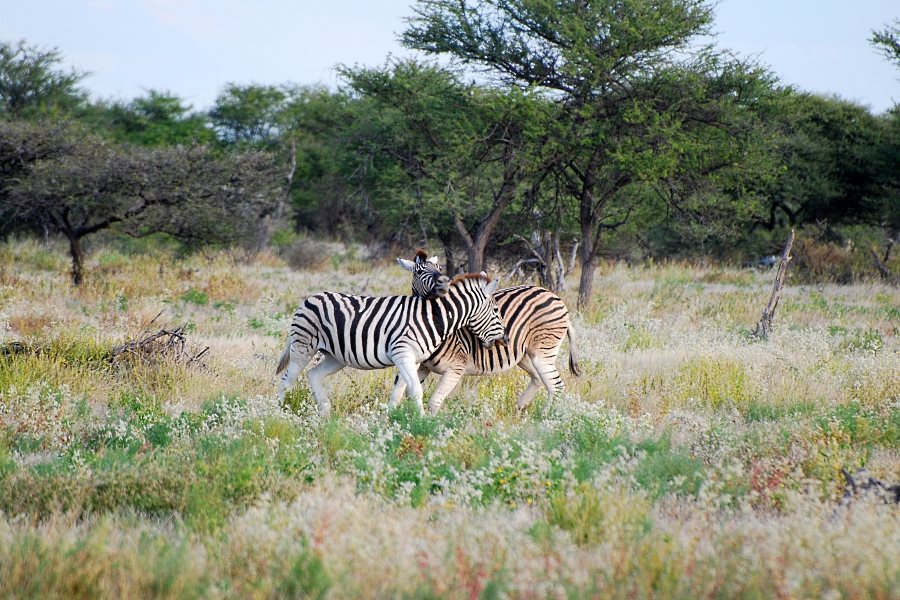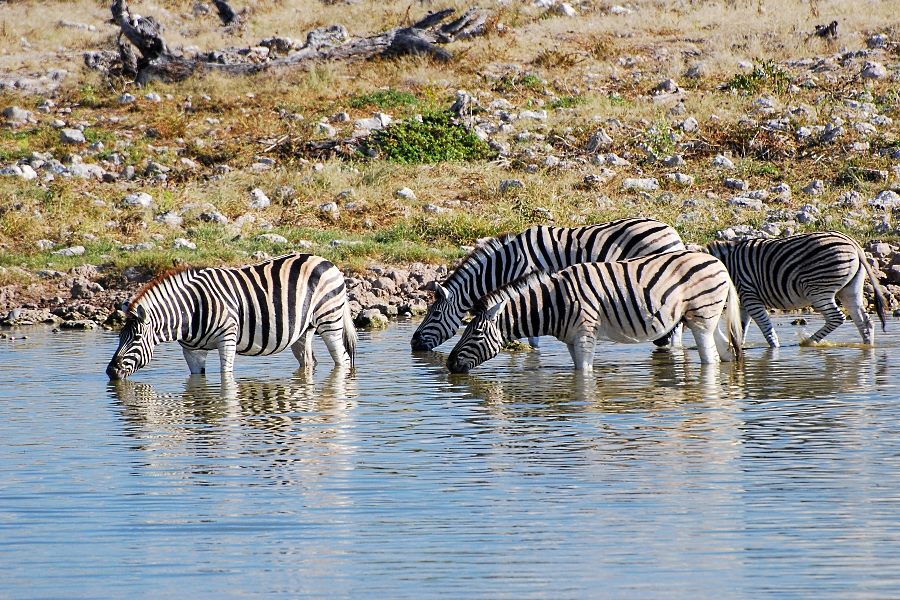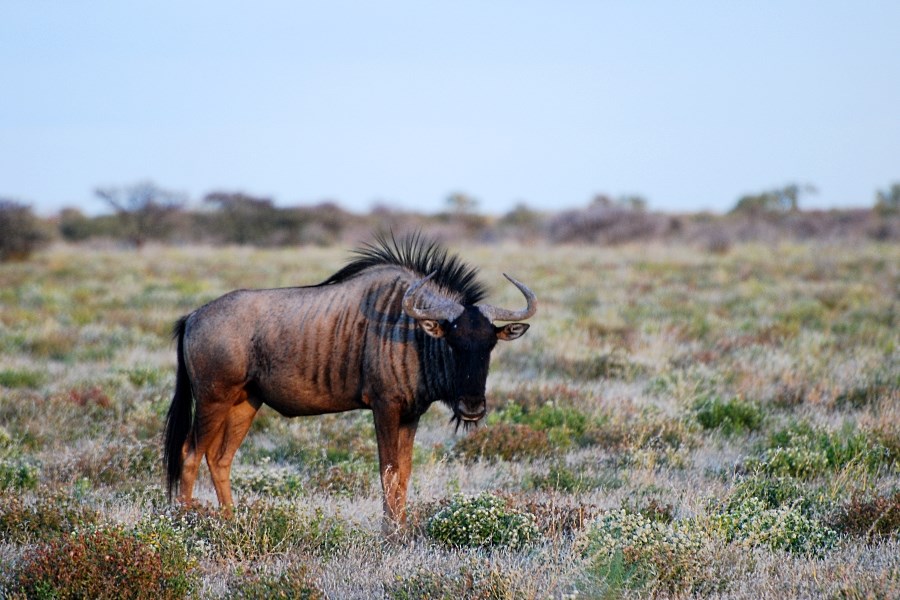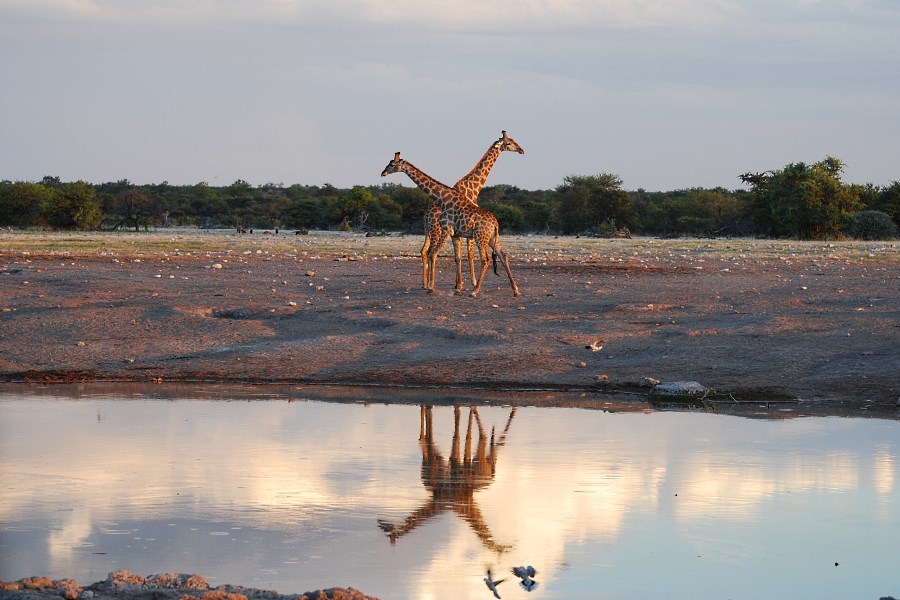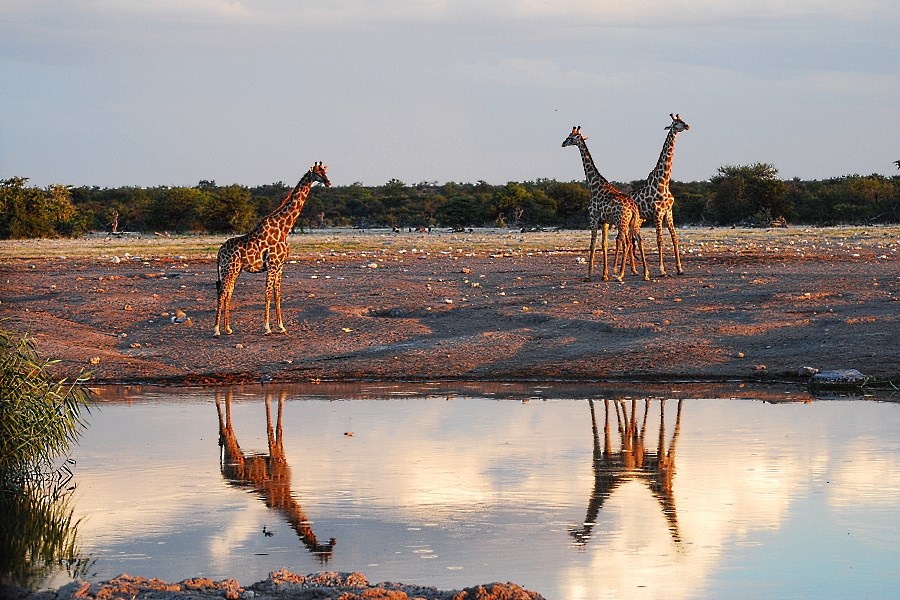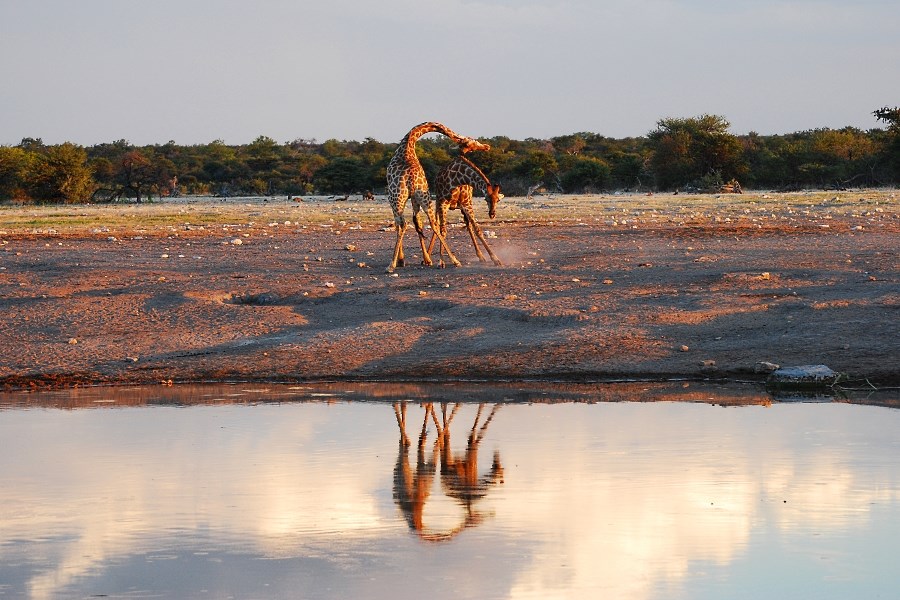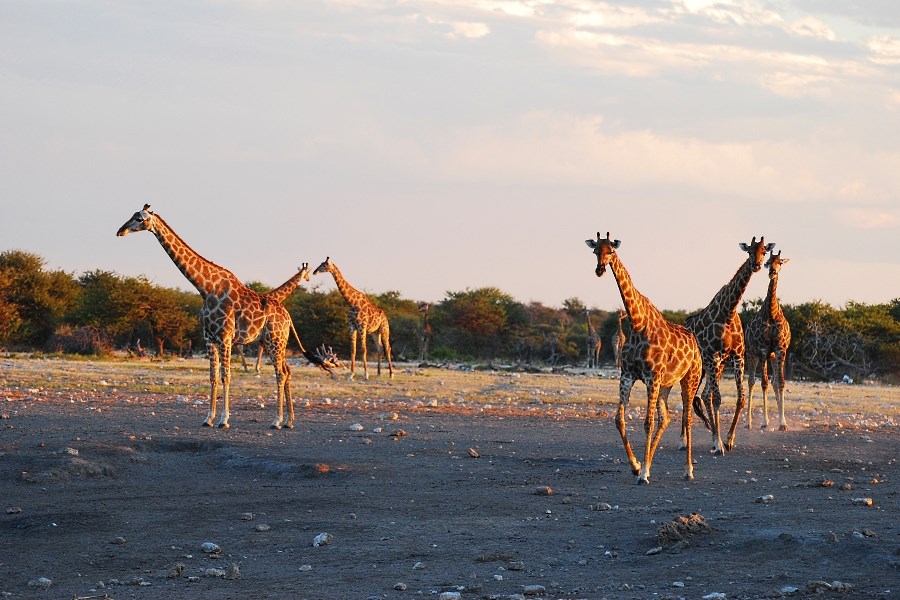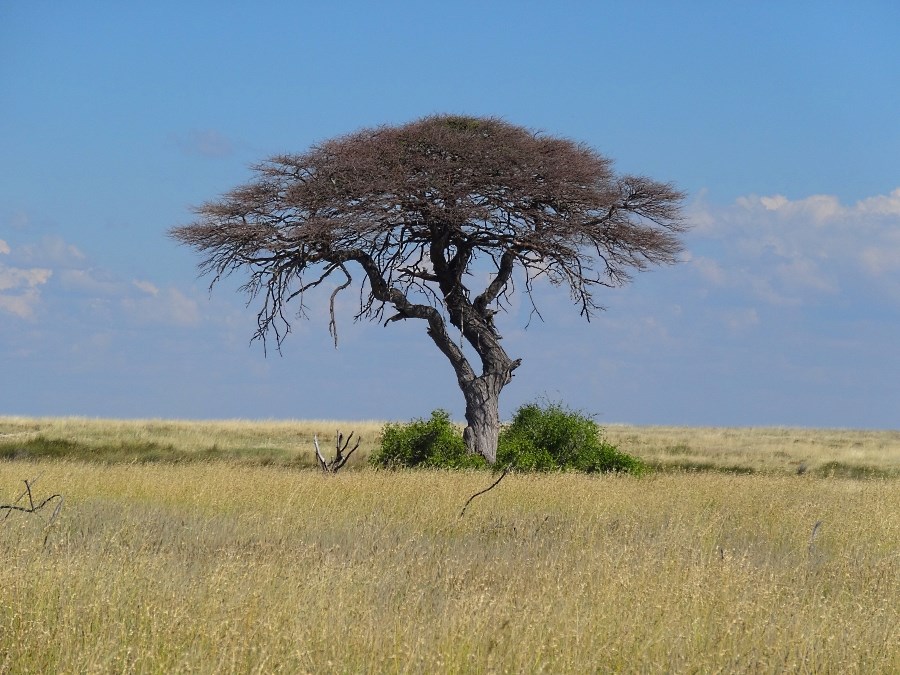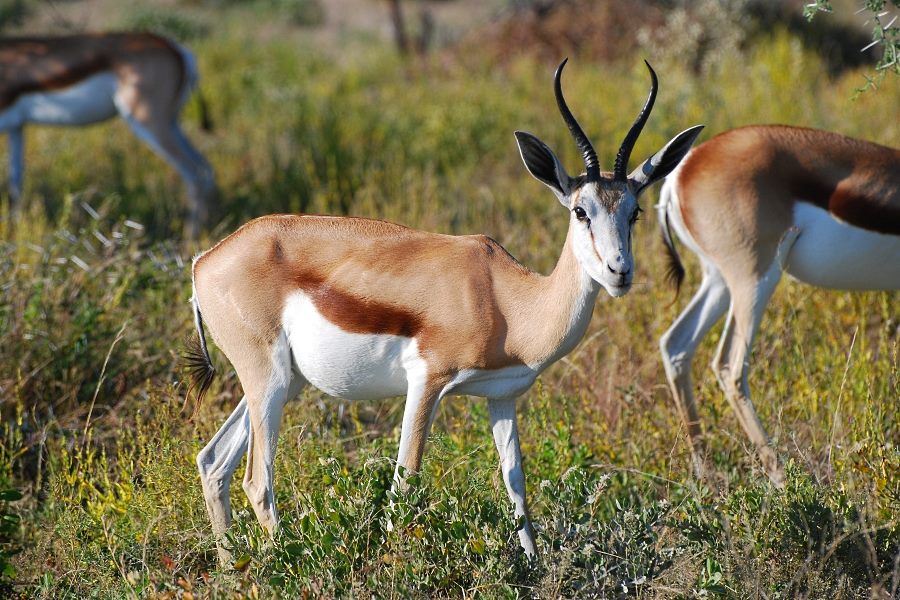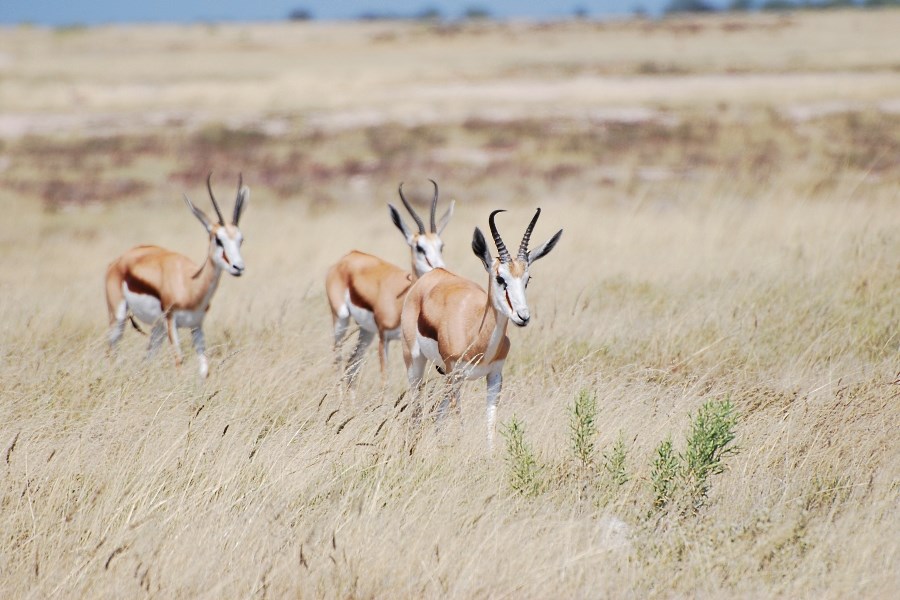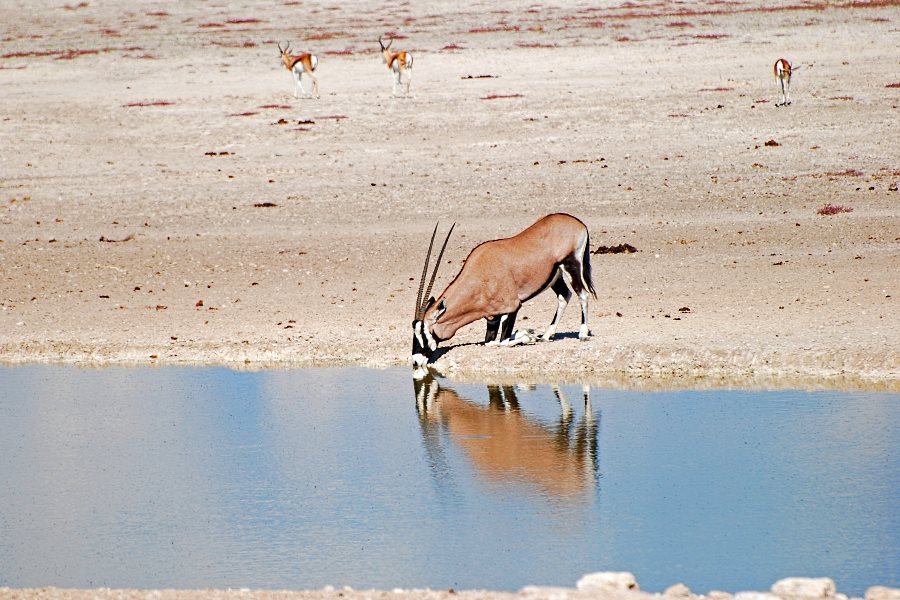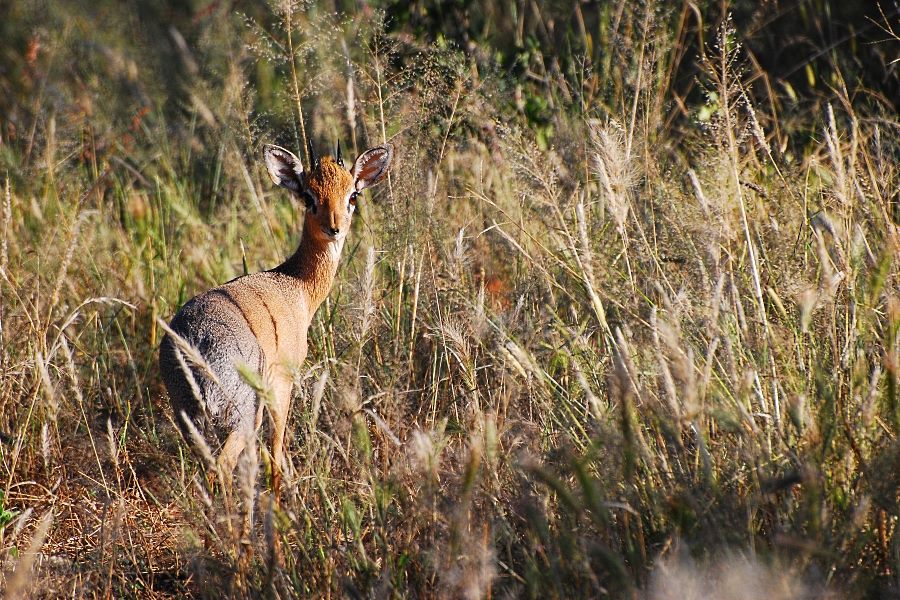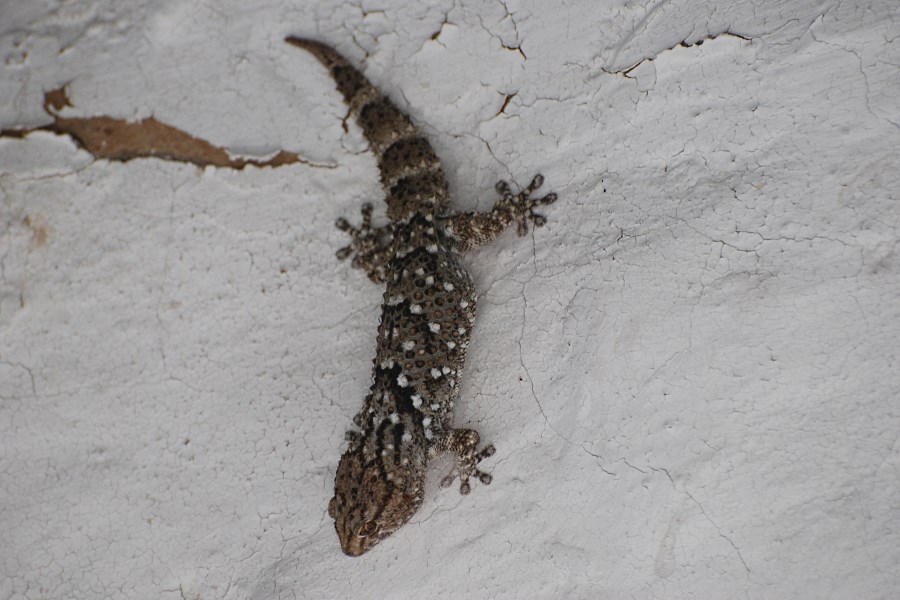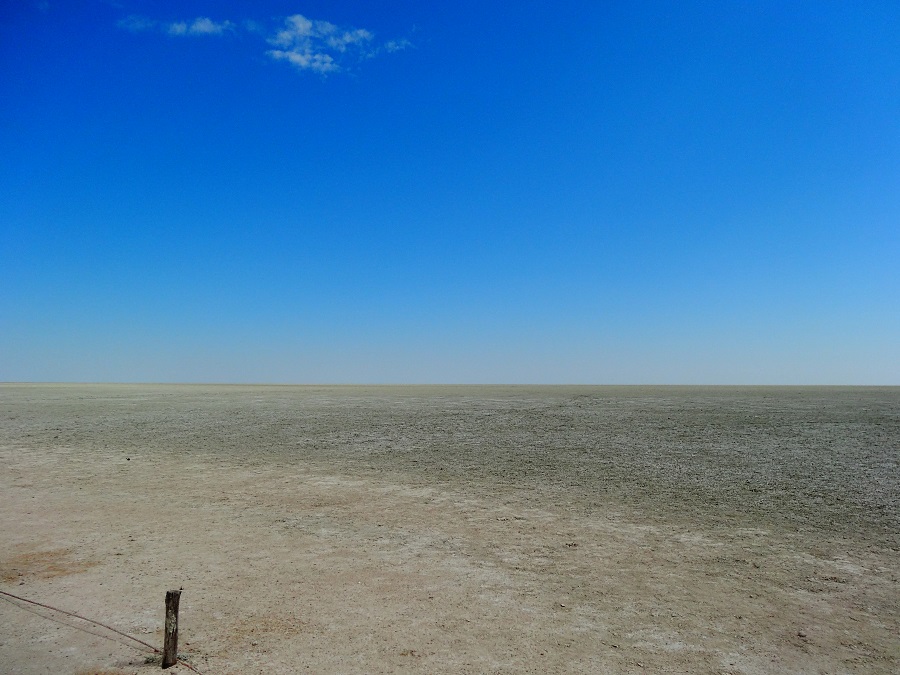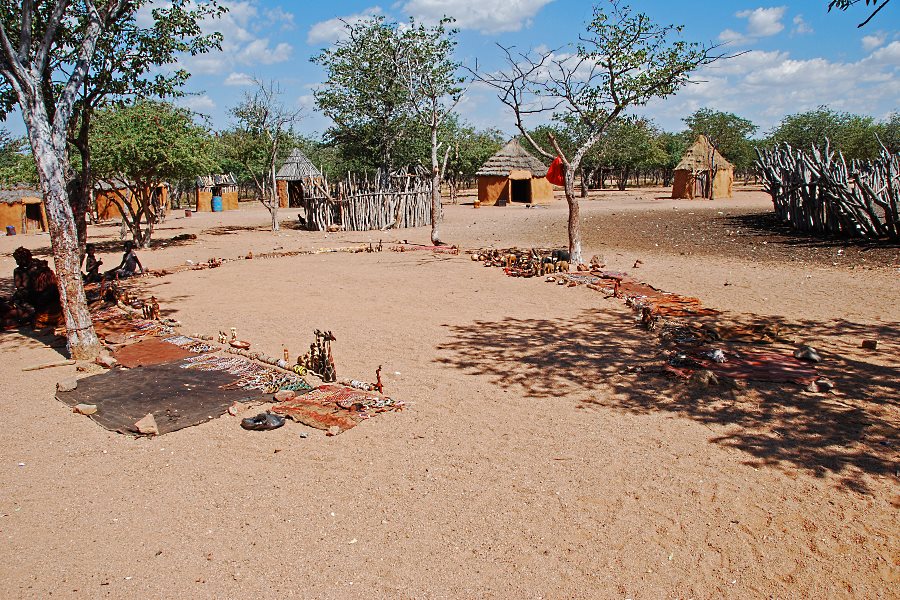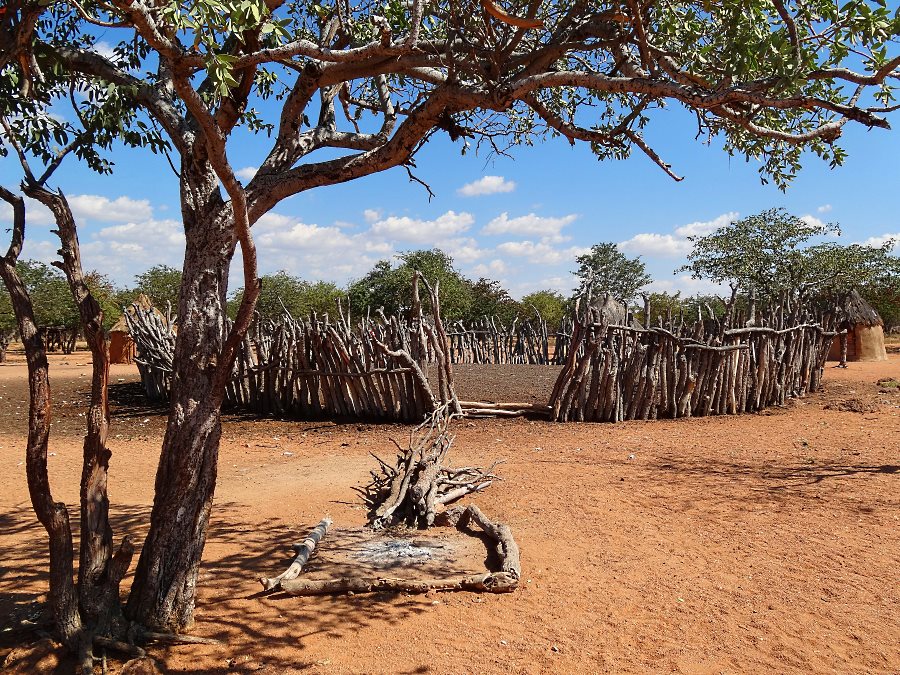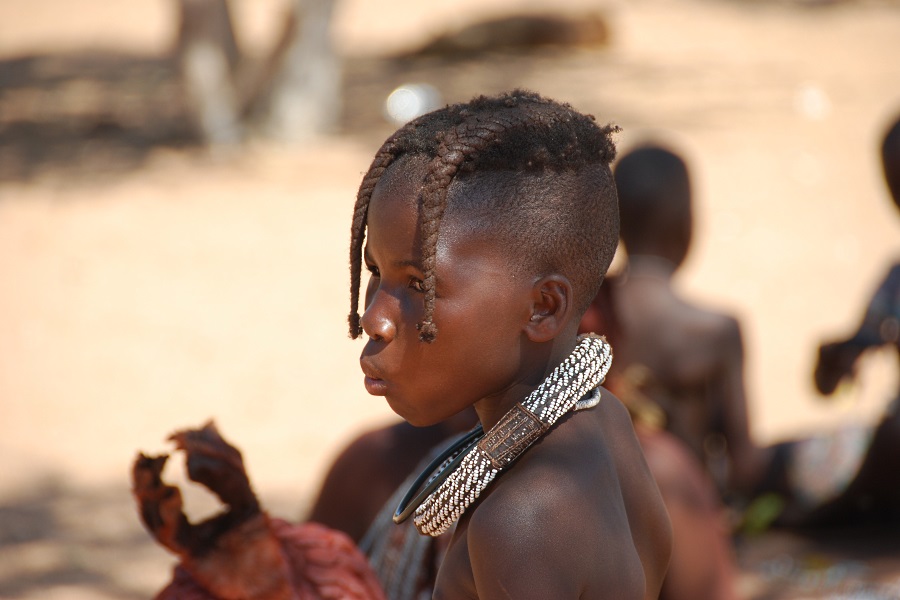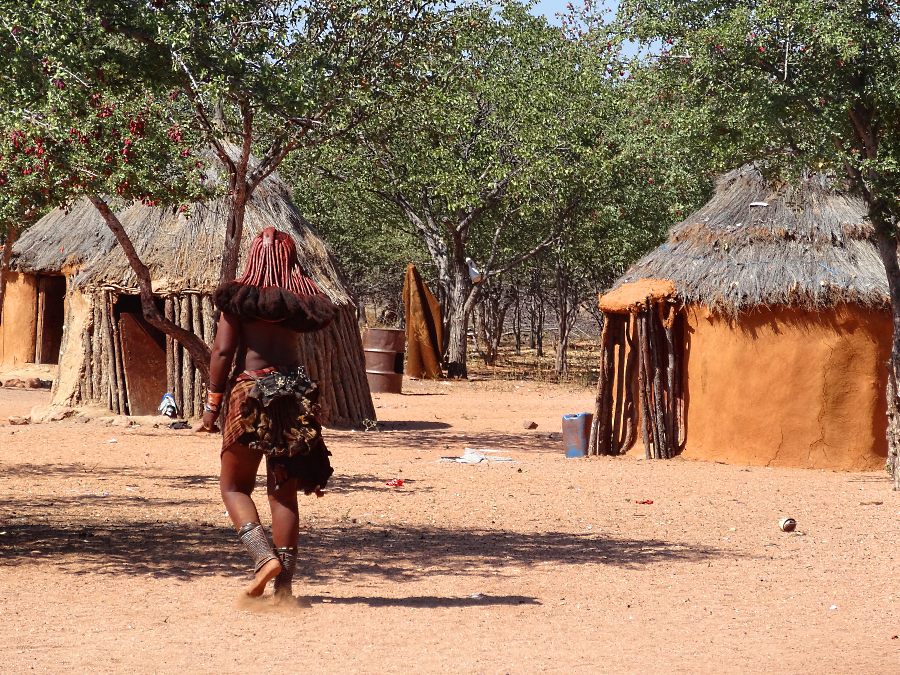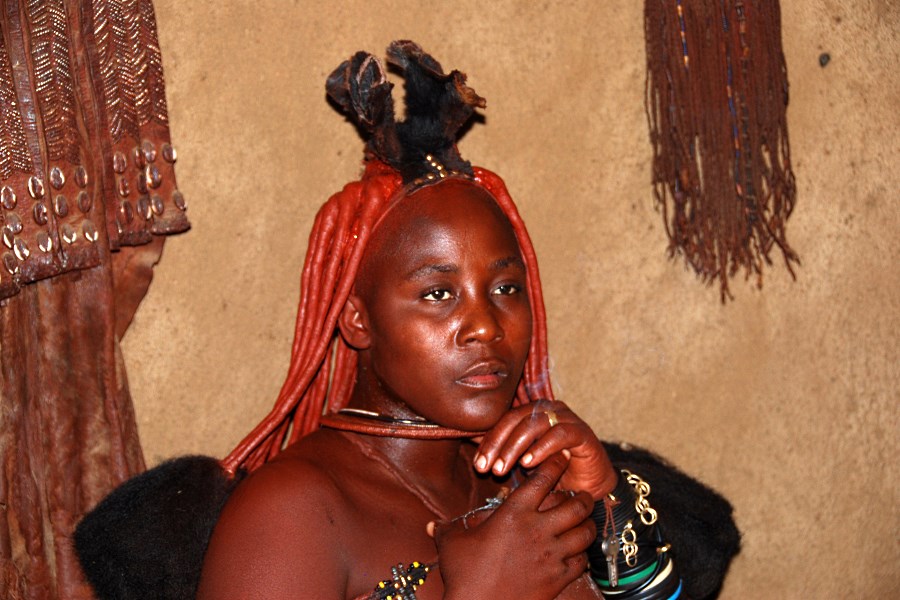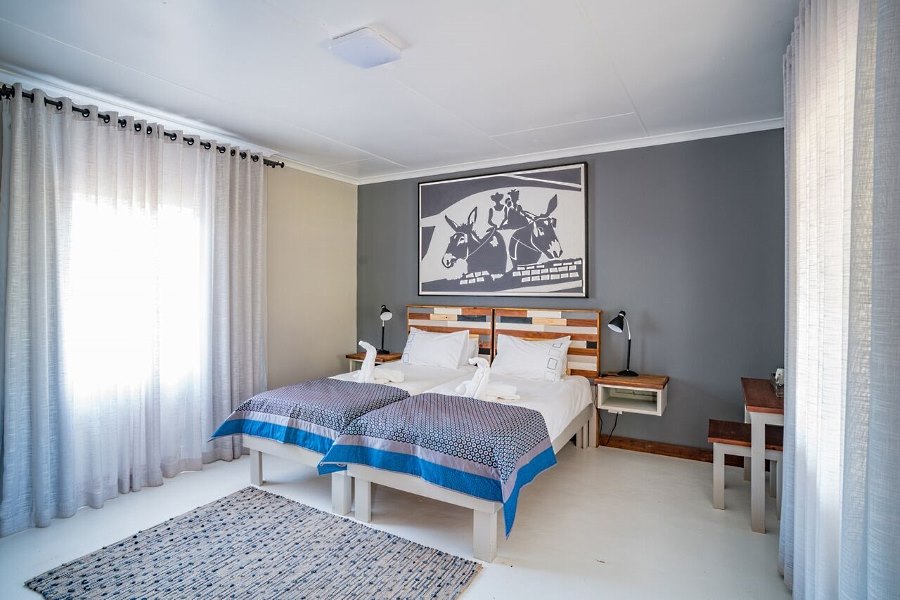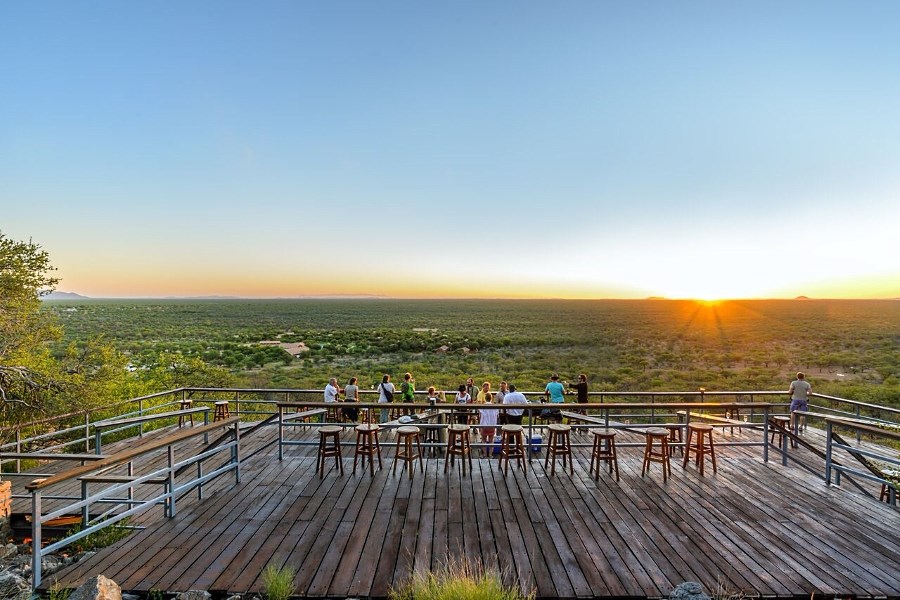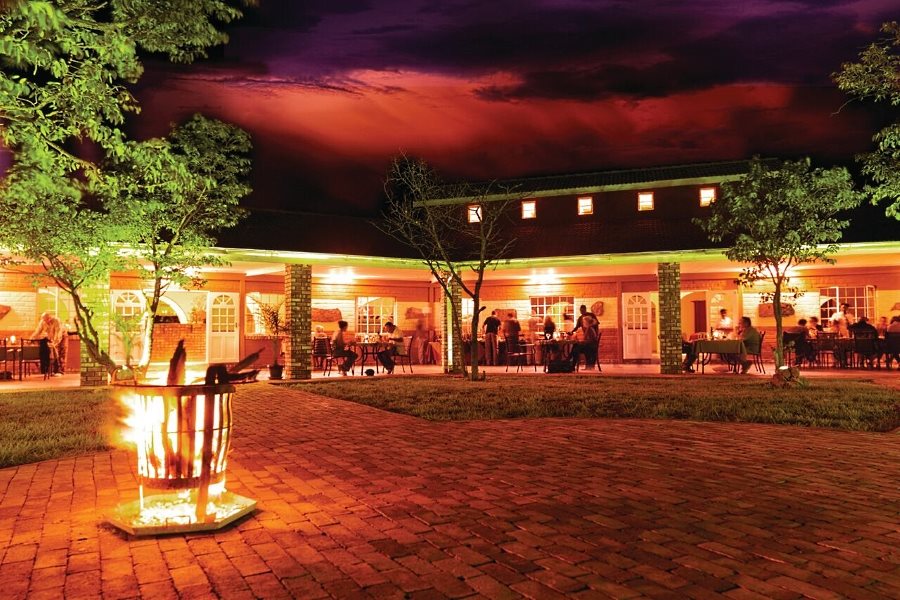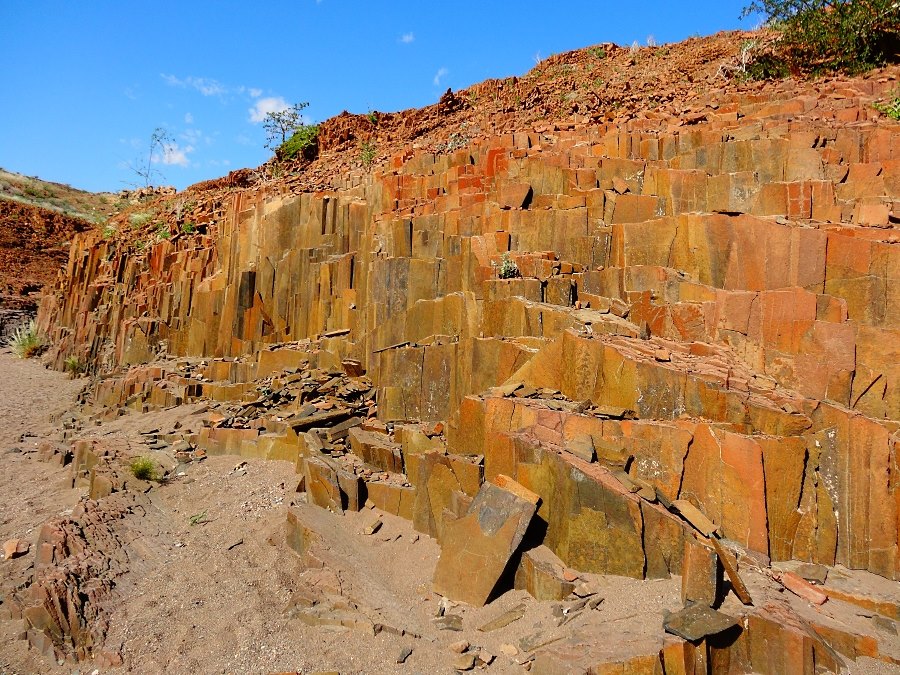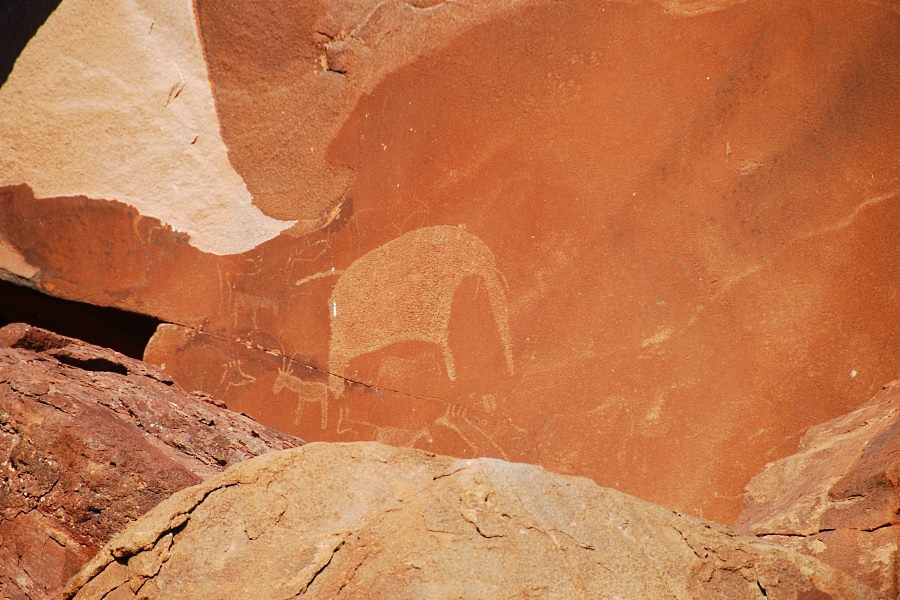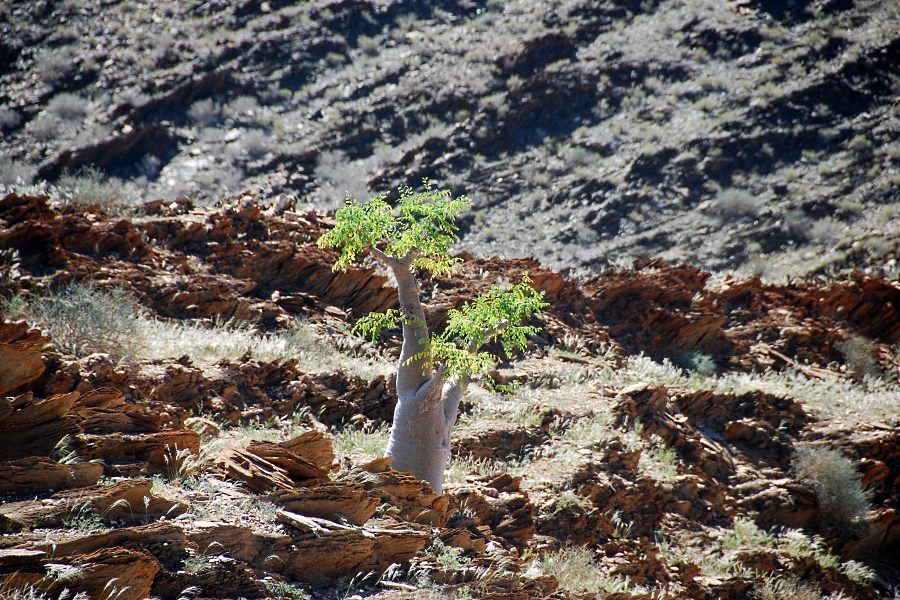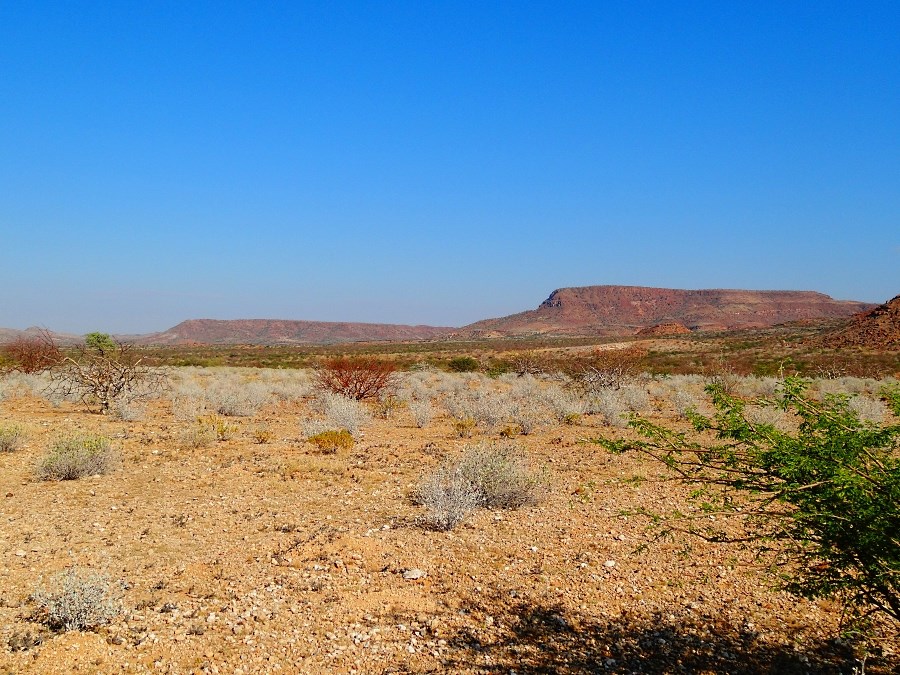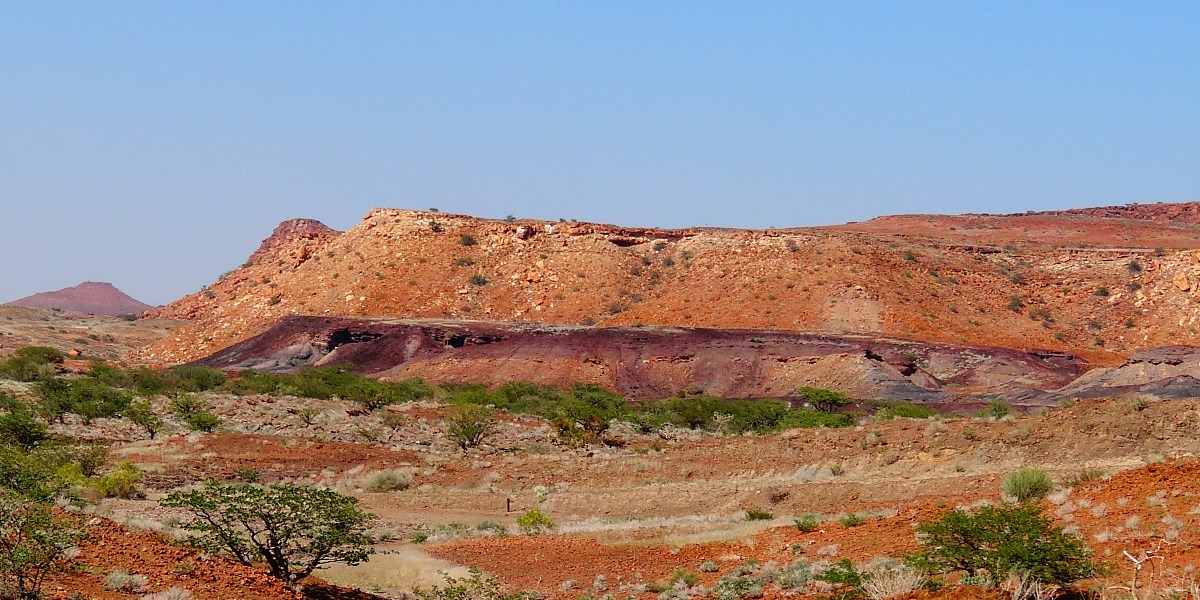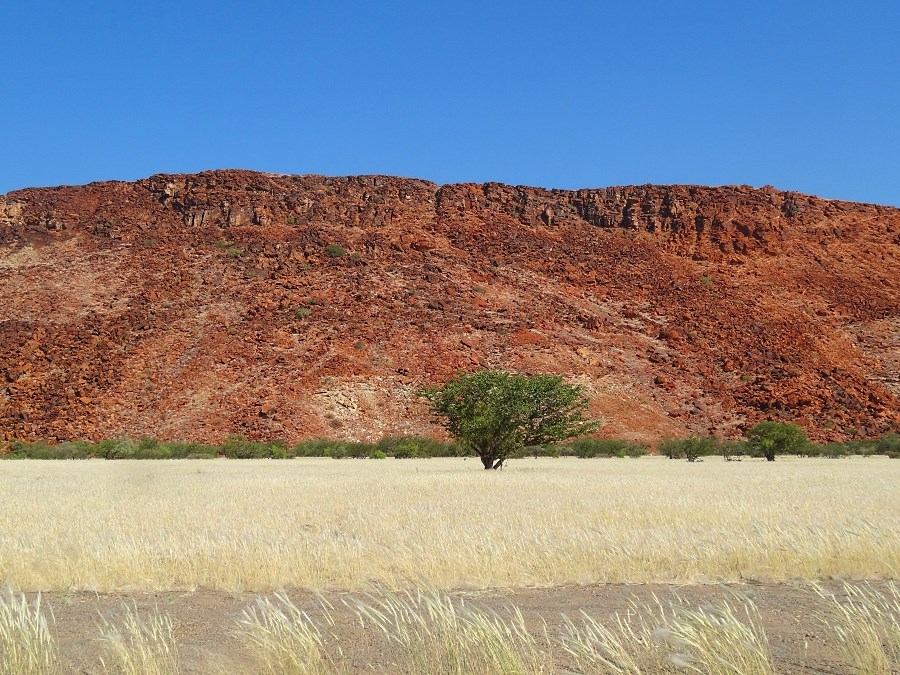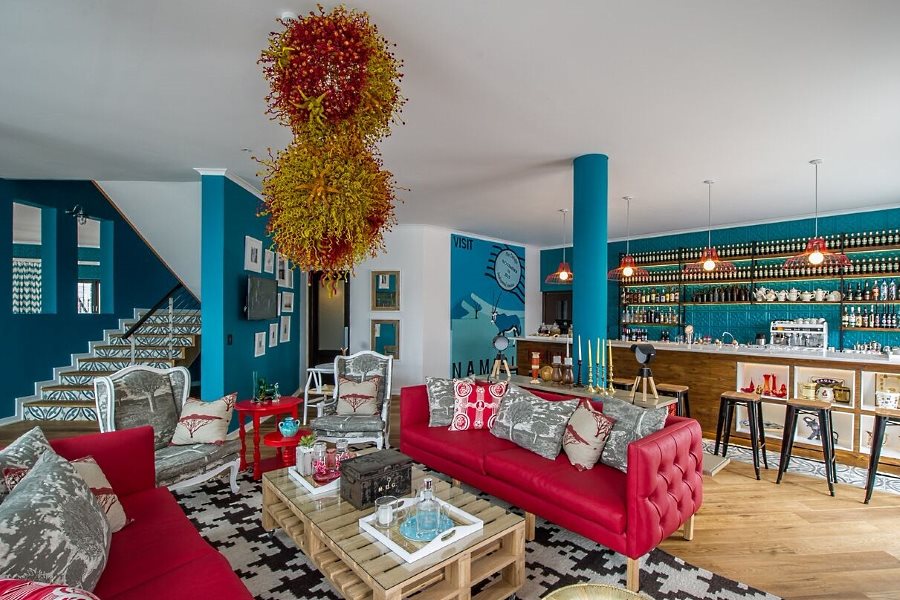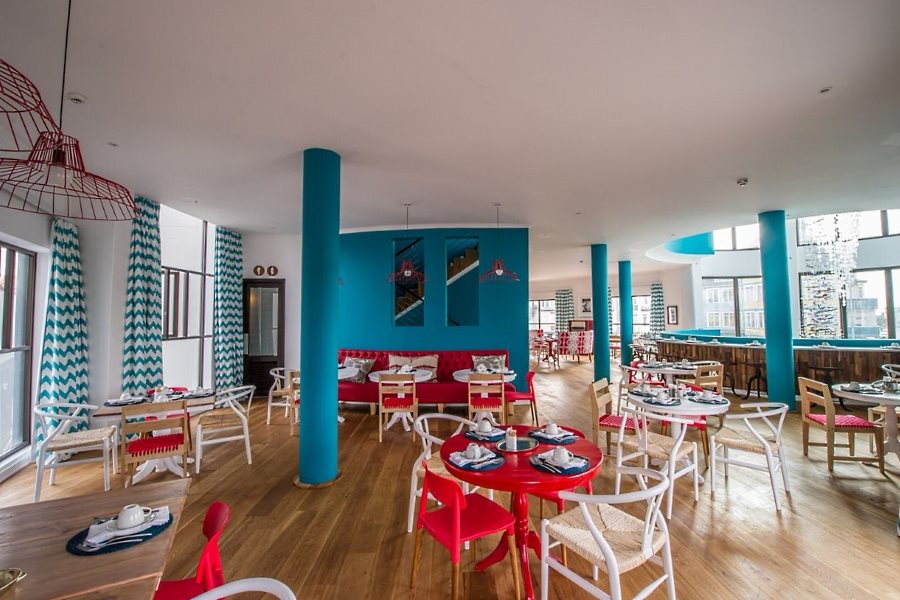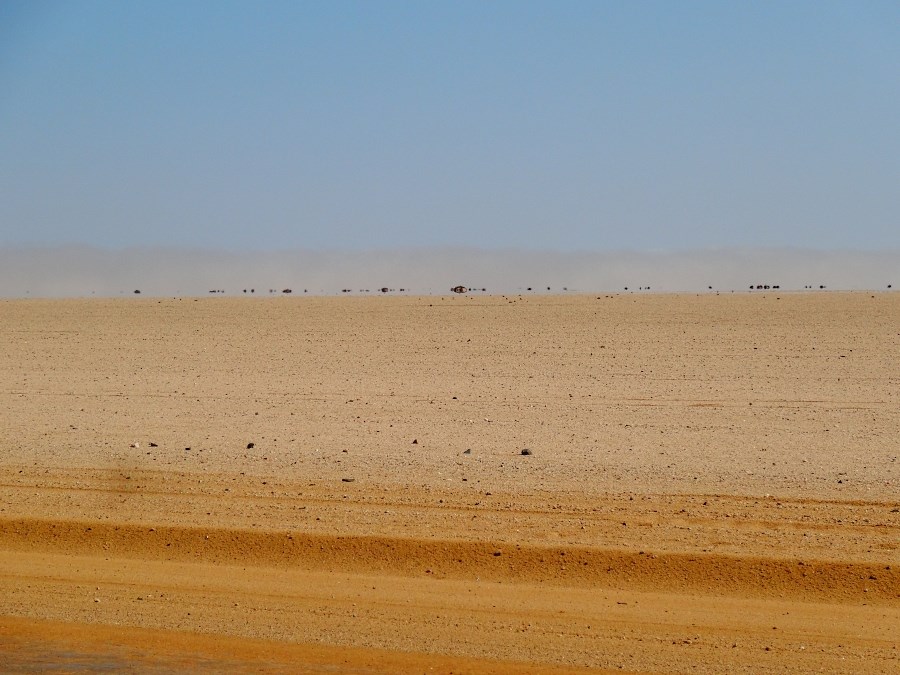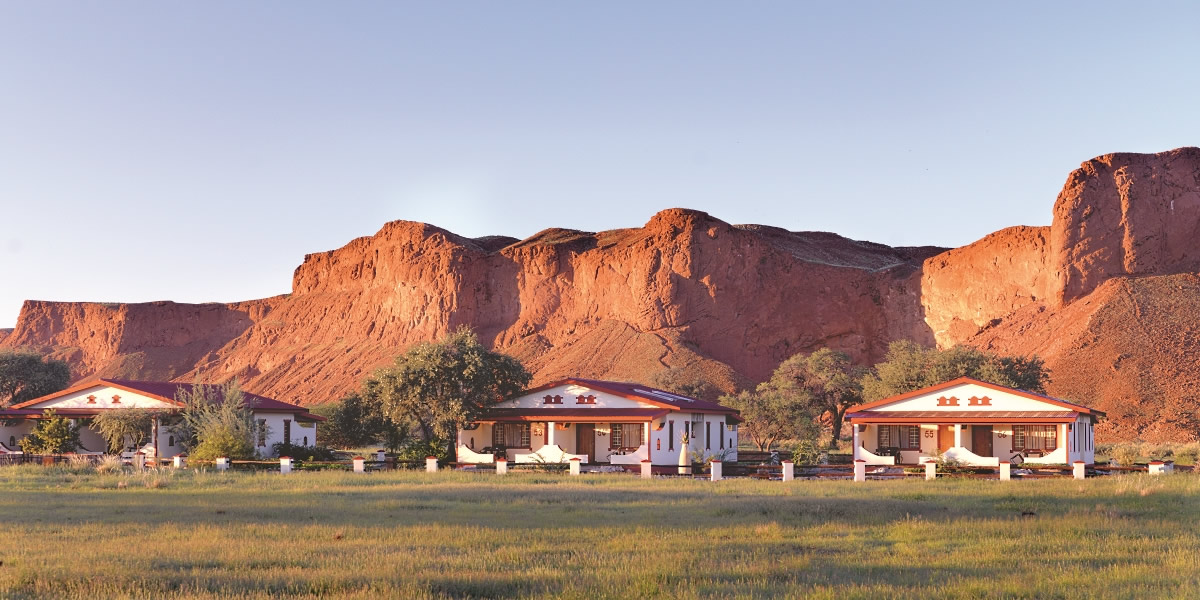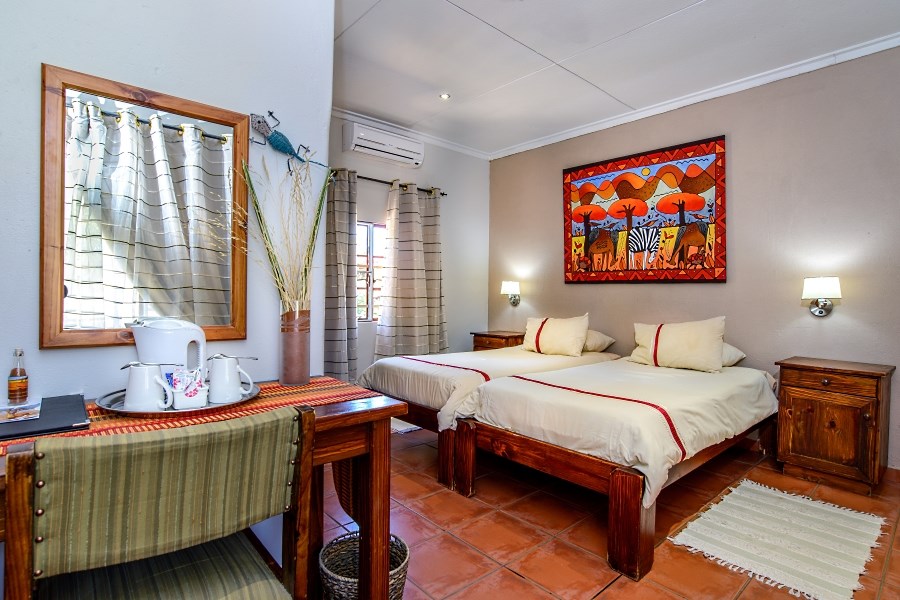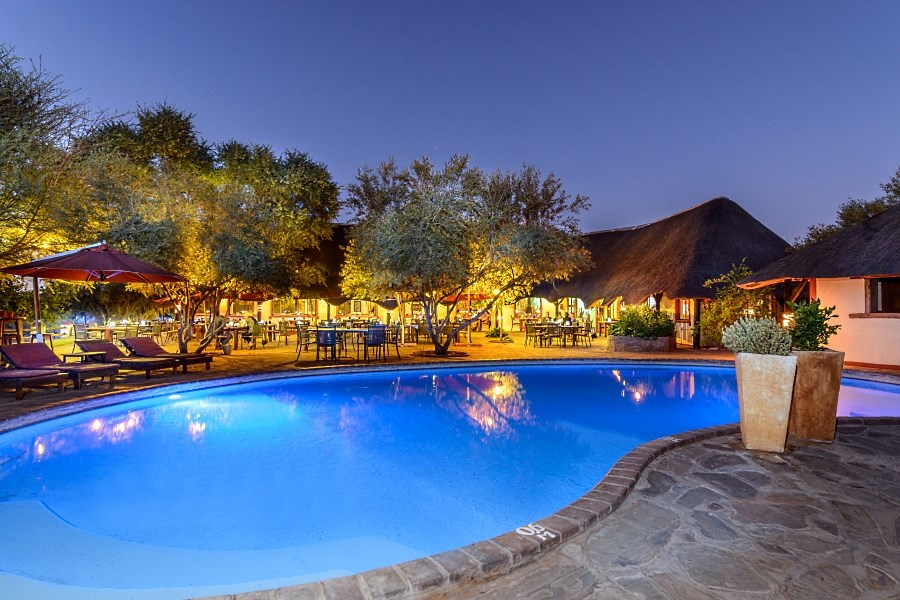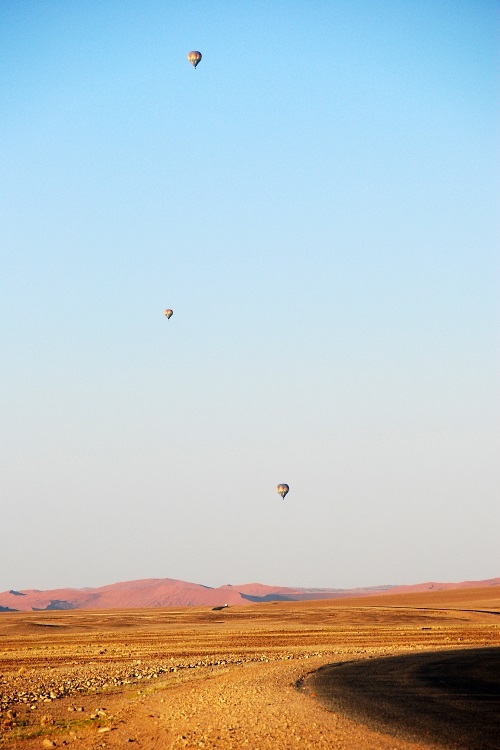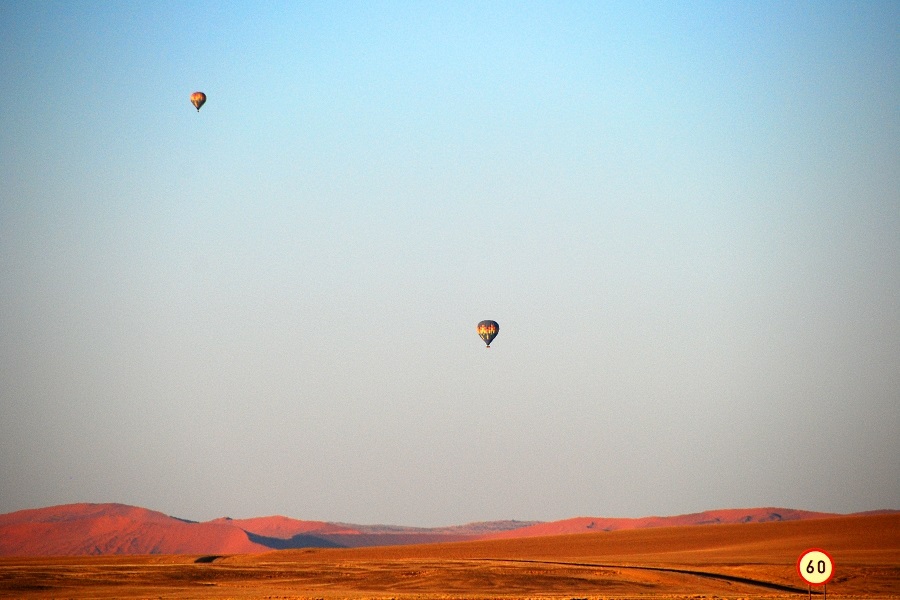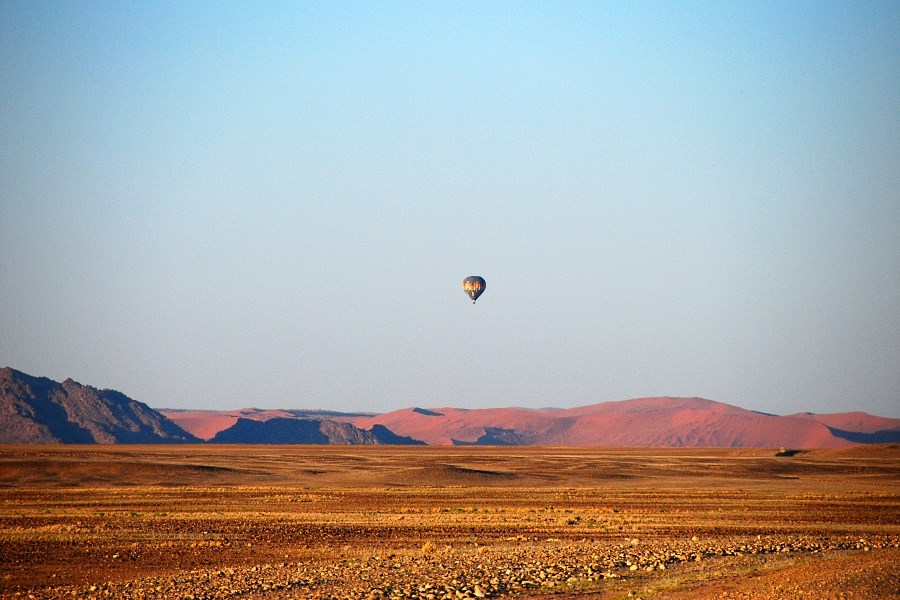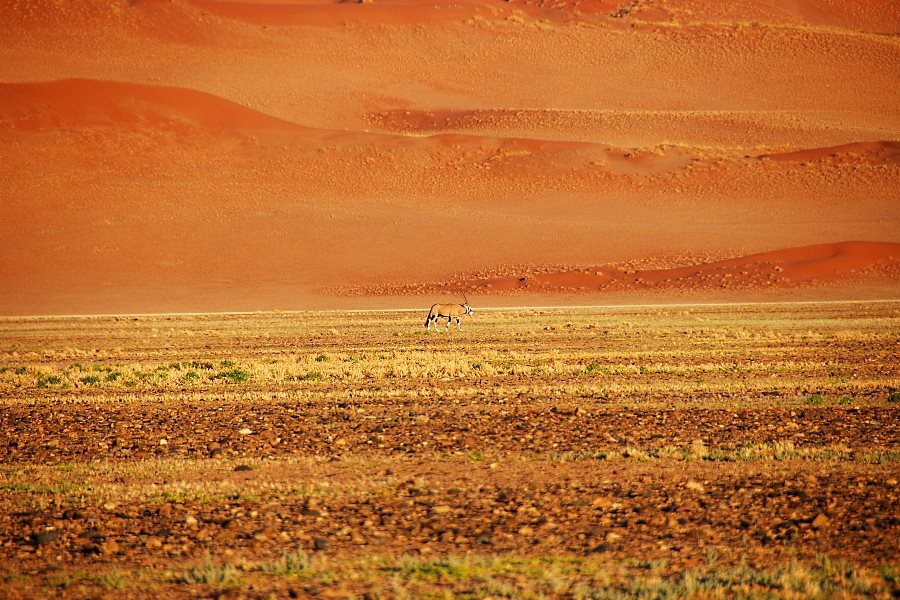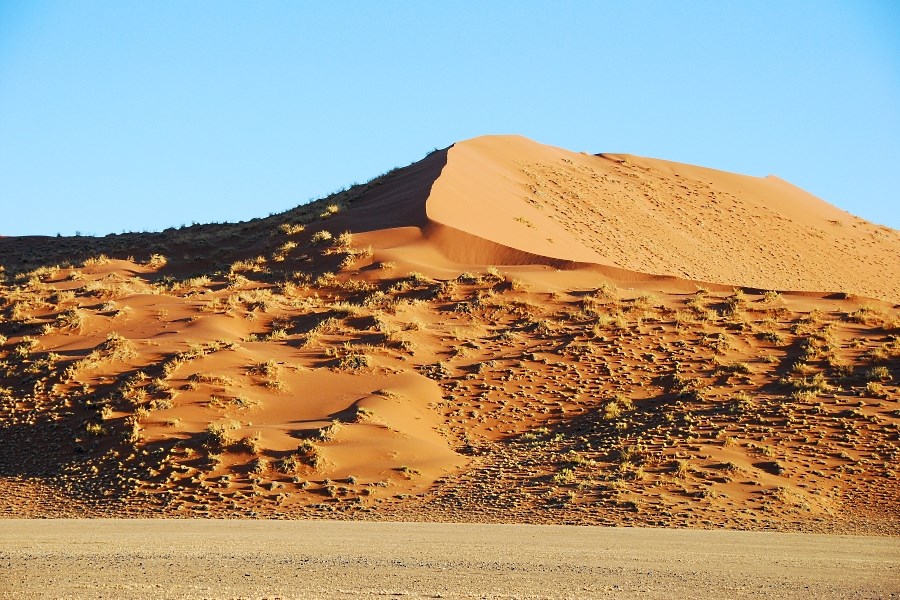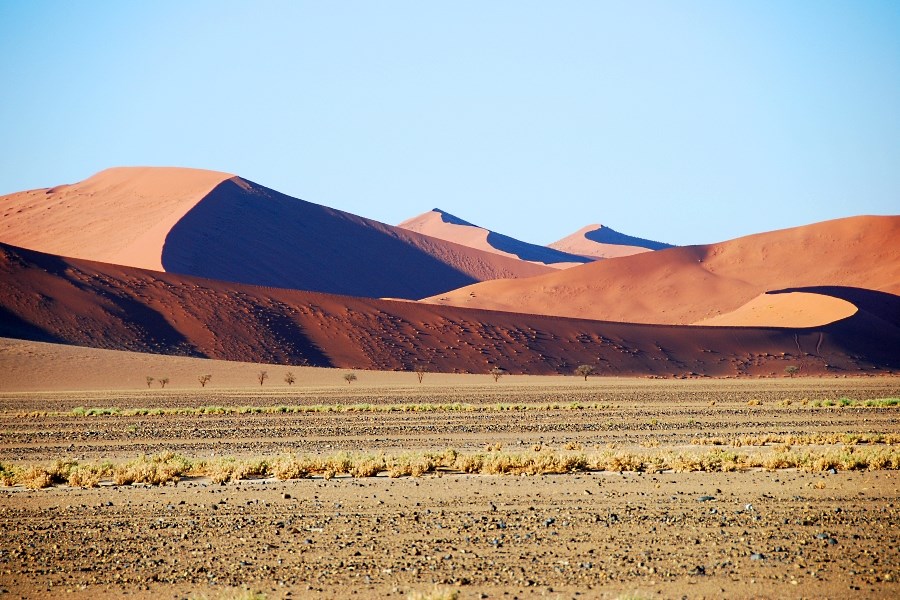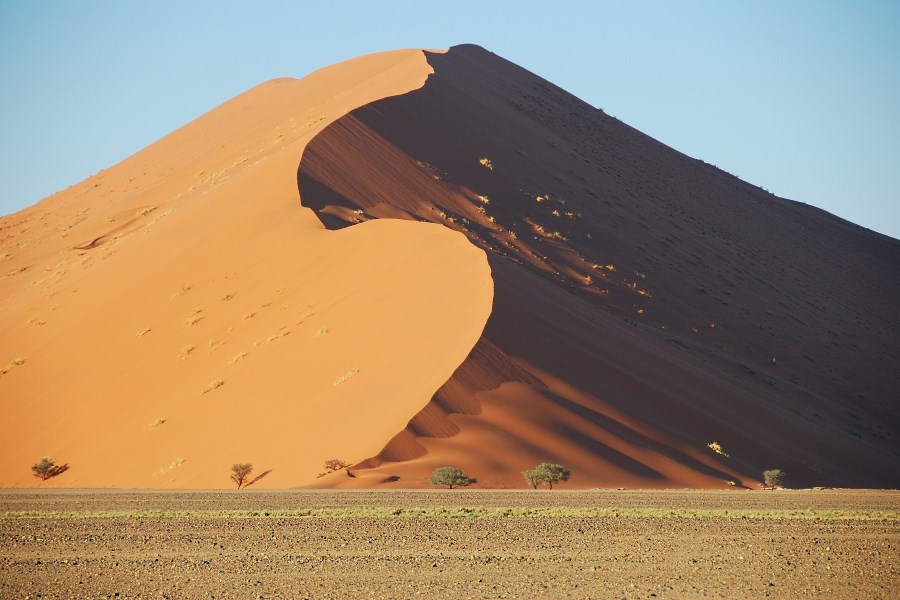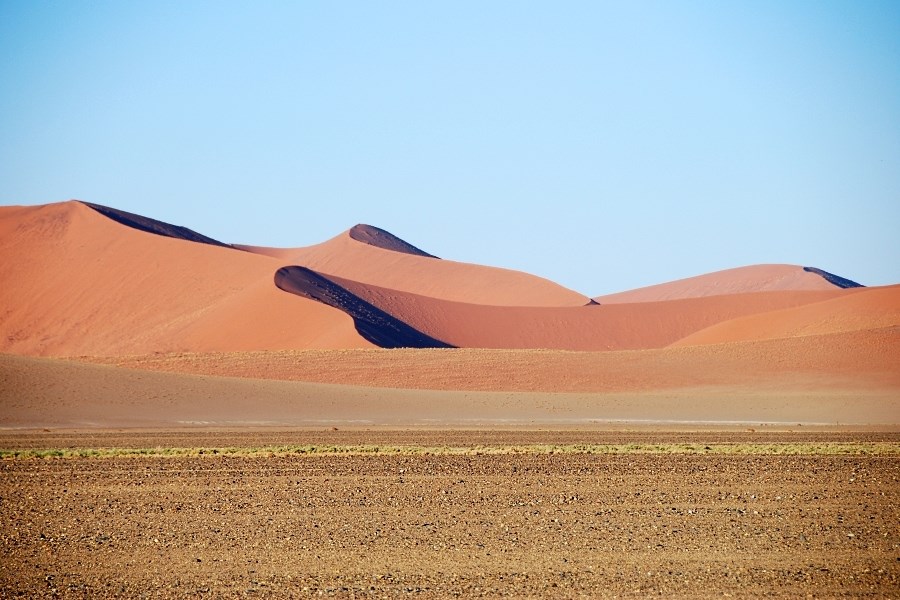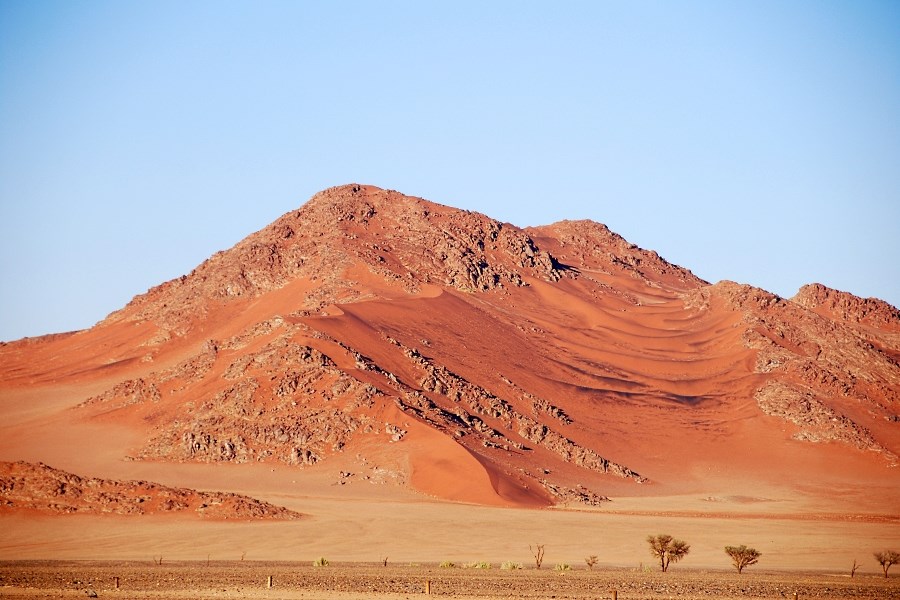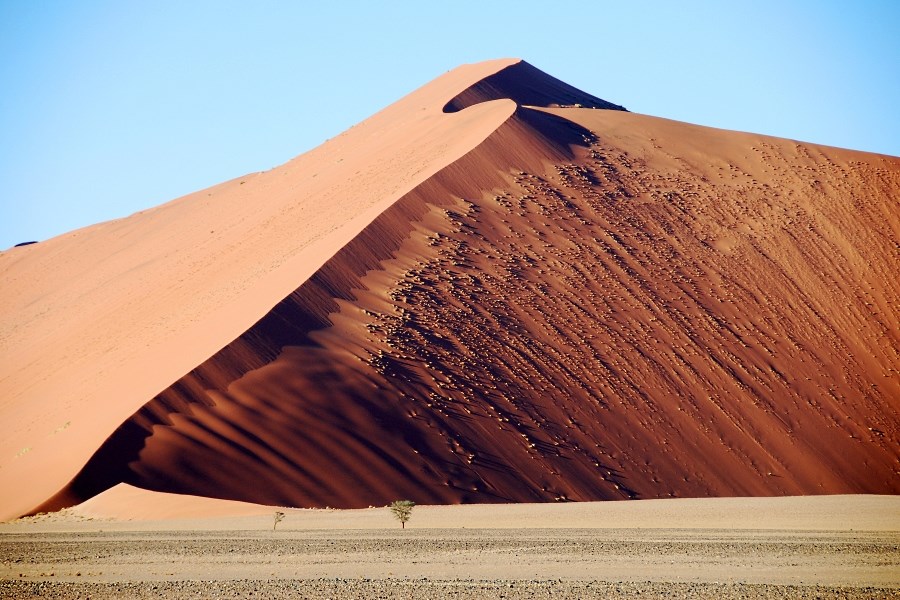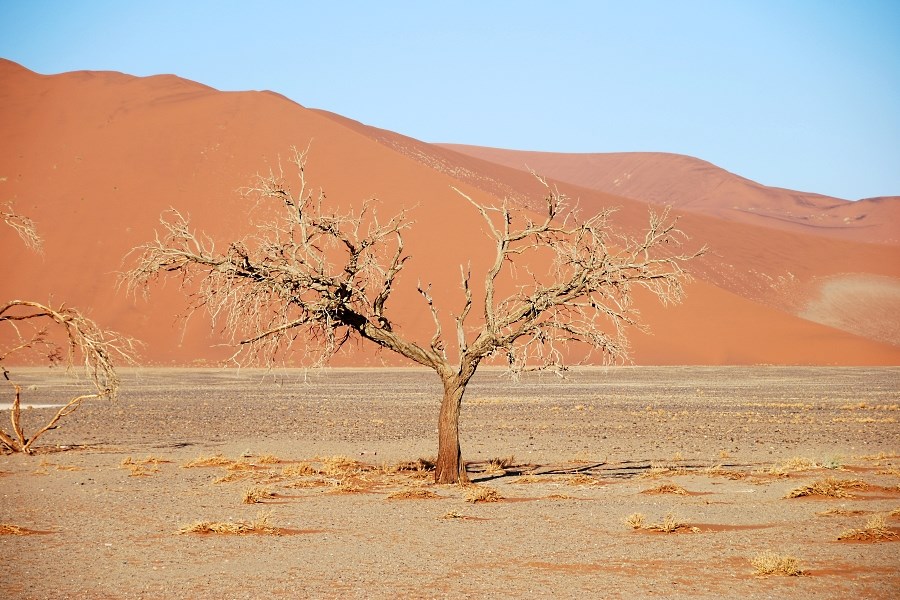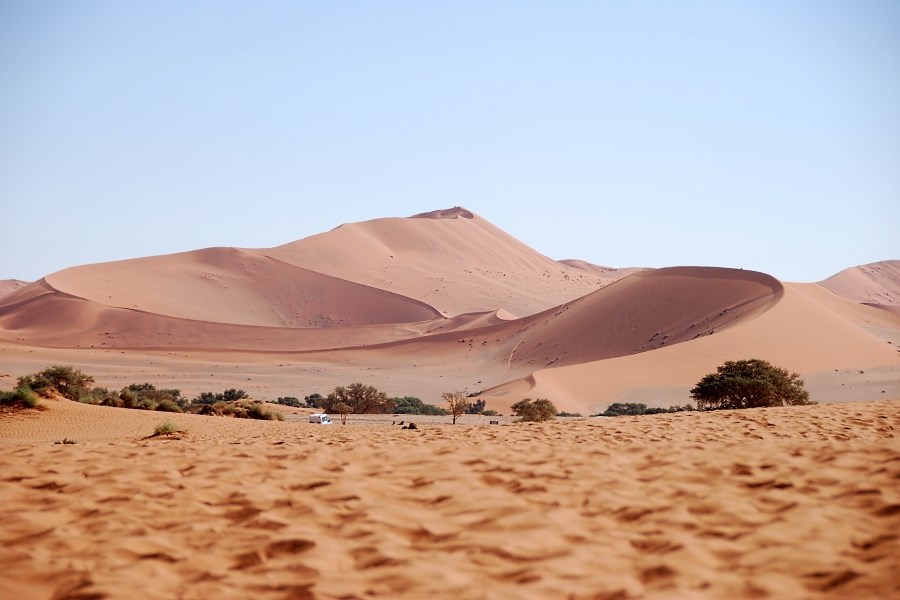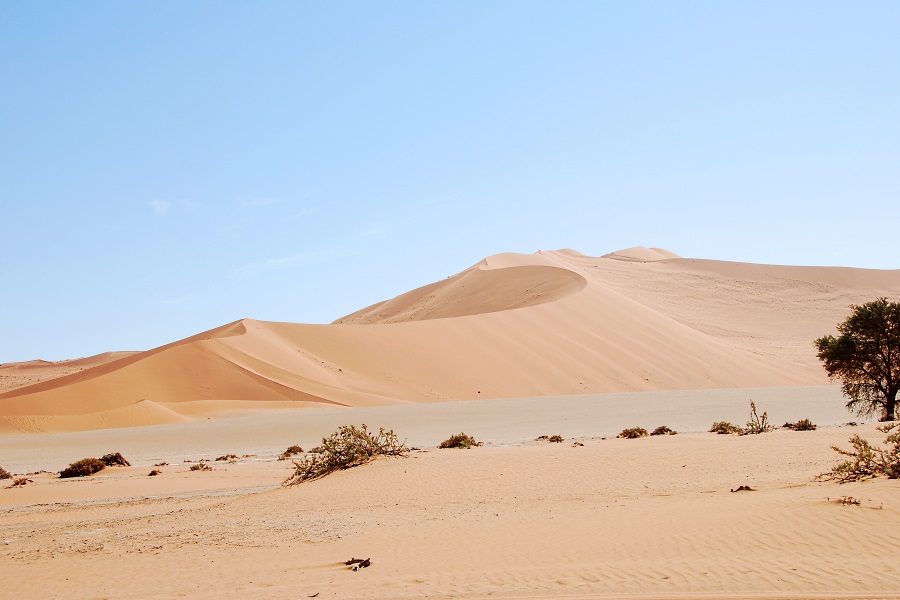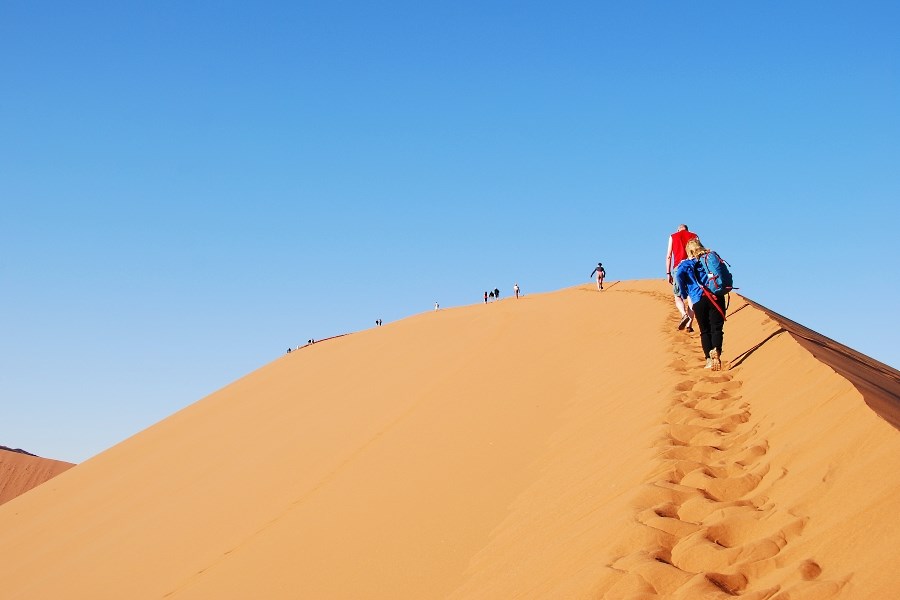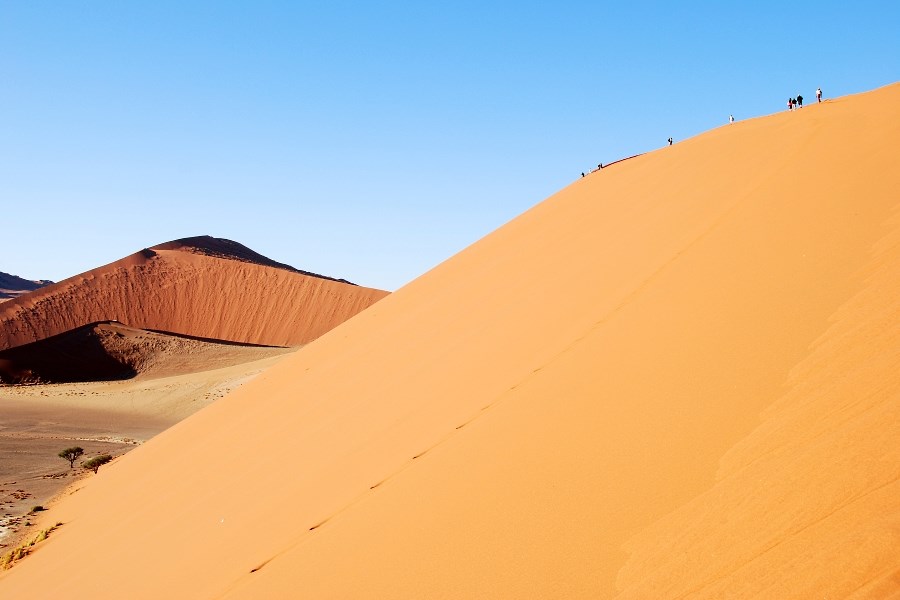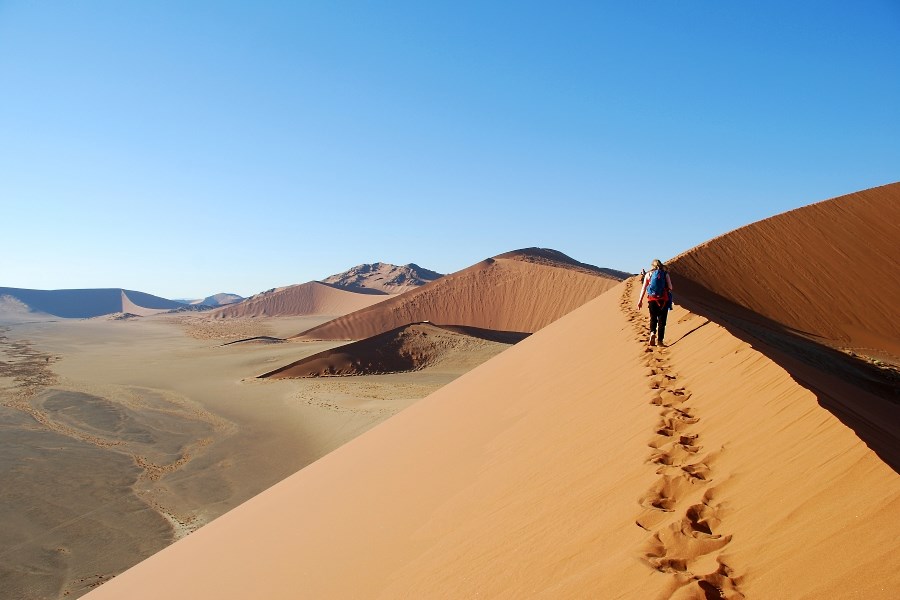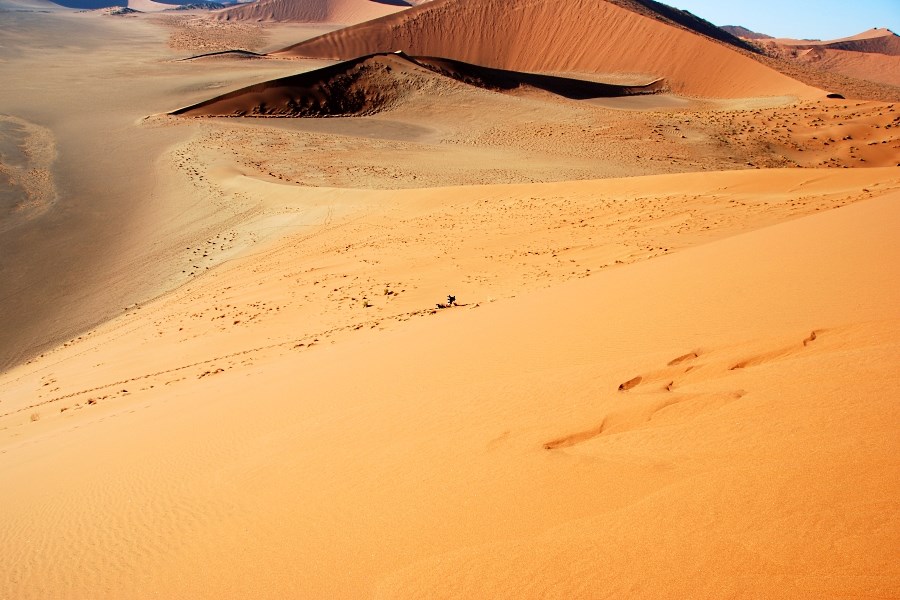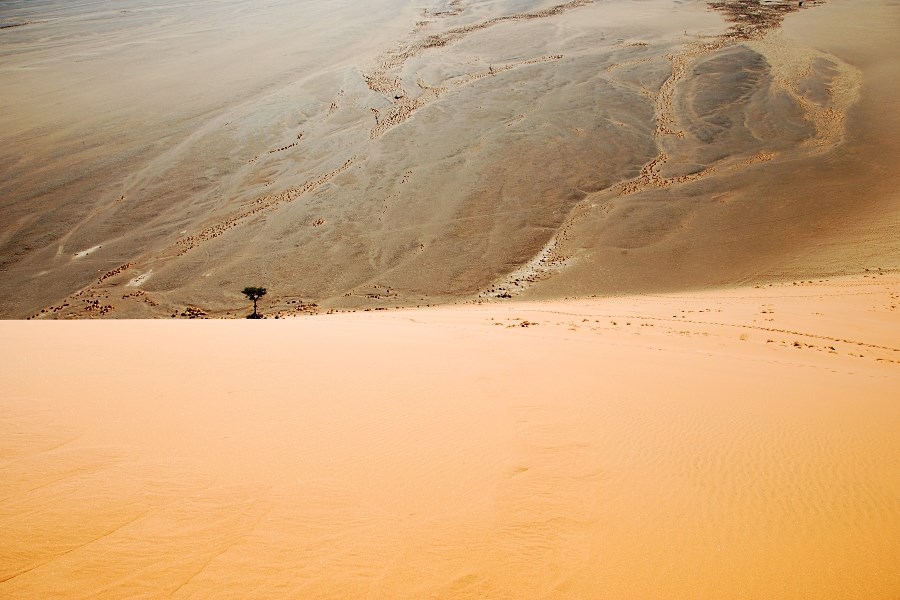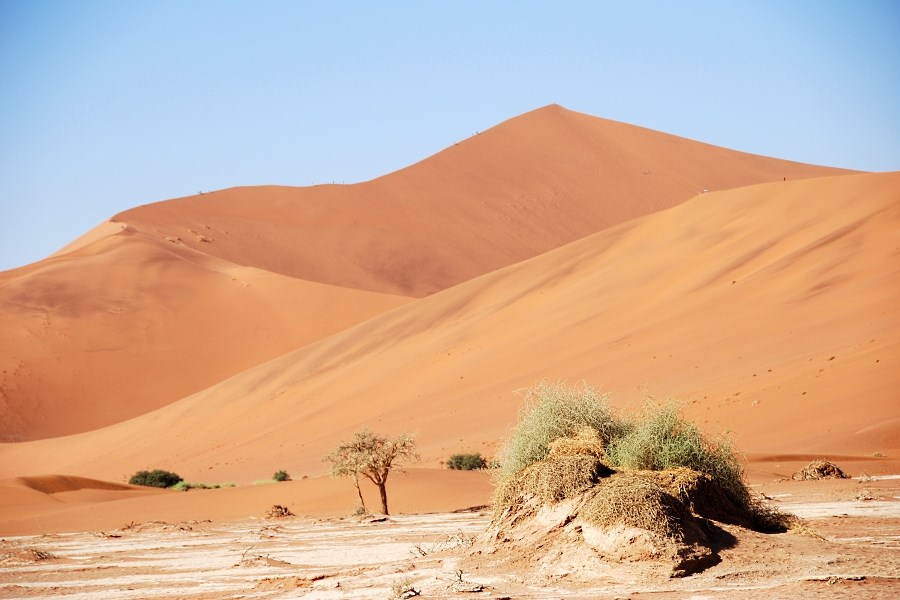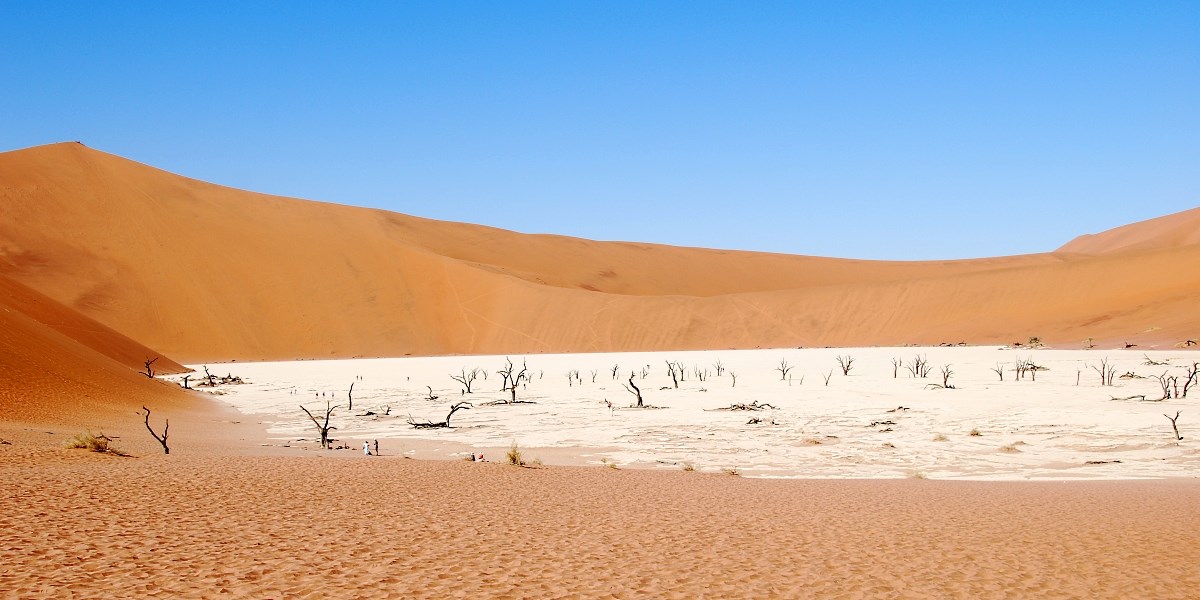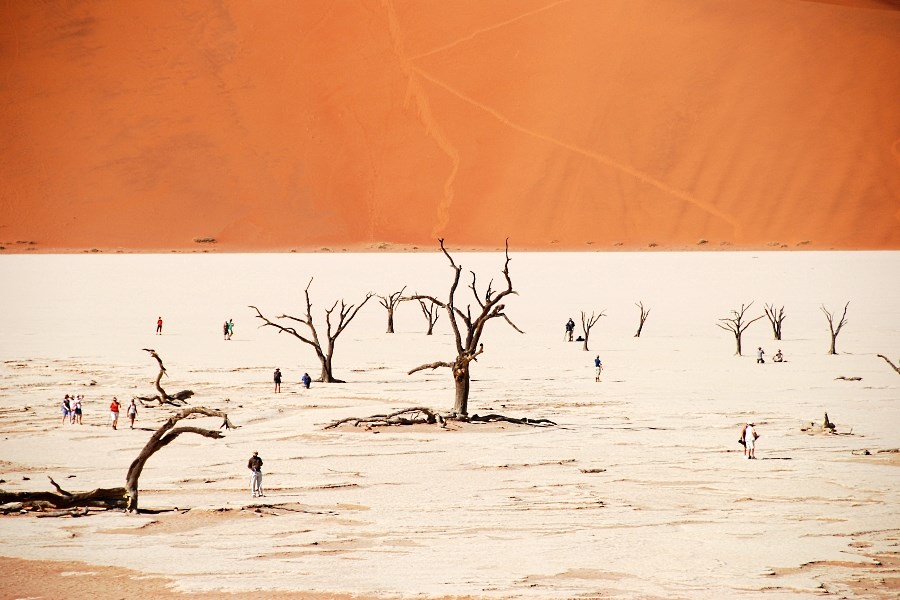Exploring Namibia
Long before humans cast their first shadows on the Earth, winds screamed off the southern Atlantic Ocean across what would one day be called the Skeleton Coast of Namibia. Red sand from the Kalahari Desert, carried to the coast by the Orange River, was caught in these currents and blown many miles inland.
Over millions of years, these grains of sand accumulated and began to take shape. Today, the massive red dunes of the Namib Desert are still growing and migrating up to 30 feet a year. They form a striking and surreal landscape as spectacular as any on the planet.
I am checking in today from Namibia, a sparsely populated country on the southwestern coast of Africa. I'm in the world's oldest desert, the Namib, which is second in size to the Sahara and runs the entire length of Namibia's coastline. I arrived in Namibia eight days ago and this is the final stop in a whirlwind tour of the country's main tourist attractions.
My visit started in Windhoek, a clean and orderly capital city where African and European cultures blend easily. German castles and churches scattered among modern buildings are a reminder of a less harmonious time, from 1884 to 1915, when Namibia was a German colony.
In Windhoek, we met Mellos, our Namibian driver and guide, who in eight days of touring covered 1,200 miles and two cities without once referring to a map or GPS. The man literally seems to know every road in this country, as well as its history, politics, flora, fauna and geology.
From Windhoek, we headed far north to the country's largest game reserve, Etosha National Park. The park surrounds the Etosha Pan, a 75-mile-long salt lake that is usually dry.
We spent a full day in the park and saw large numbers of zebras, springbok, oryx, hartebeest, wildebeest and ostriches, as well as many species of beautiful birds. My favorite sighting was of a tower of giraffes on the far side of a watering hole. Please forgive me if I got a little carried away in today's slideshow.
From Etosha, we went southwest to a village of the Himba tribe, where we were welcomed in and invited to take photos. The Himbas are a semi-nomadic people who raise cattle and goats and have changed little since ancient times.
The Himbas live in tiny, circular houses made of wood plastered over with a mixture of clay and cow manure. Boys and girls are circumcised before reaching puberty and have their bottom four front teeth knocked out. I was told by a tribal guide that the practice allowed better clicking sounds when speaking.
The Himbas are polygamous, with the number of wives loosely proportionate to the number of cattle a man owns. Marriages are arranged by a girl's father and they are given away at a very young age.
Himba women have a reddish hue from a paste of red pigment and butter that they apply daily. Their only clothes are leather skirts and they adorn themselves with jewelry and elaborate headdresses that include animal hide, braided hair wrapped in red clay and hair extensions.
Himba women do not bathe, but instead use smoke from incense to clean themselves. We were invited to observe this process in one of the small huts.
The Himbas are about as different from the average Namibian as they are from Americans. They number less than 50,000 out of a total Namibian population of 2.5 million.
From the Himba village, we continued to a region called Damaraland, known for interesting geological features such as the Organ Pipe rock formation and a purple-and-black hill called Burnt Mountain. We viewed prehistoric rock carvings at Twyfelfontein and toured a petrified forest before continuing on to the charming coastal resort town of Swakopmund.
Swakopmund was established by German colonists in 1892, and its upscale hotels, restaurants and shopping draw vacationers from throughout Namibia and South Africa.
As we approached Swakopmund from the desert, we could see a blanket of fog a thousand feet high hugging the coast the entire length of the horizon, which happens much of the year. Upon arrival, we found that the wall of white was about 100 feet offshore and the town was bathed in sunlight, just one of many extraordinary visual experiences this country has provided.
It was an easy walk to explore the downtown area, shopping streets, beach and restaurants from our hotel.
Leaving Swakopmund behind, we drove to the so-called Moon Landscape, a barren region of deep canyons carved into granite mountains, then south to the heart of the Namib Desert, to see what brought me here.
Yesterday morning, we were on the road to Sossusvlei (translation: dead-end lake) an hour before dawn in order to see the first rays of the sun strike the towering dunes. I knew a little about what was in store but the sight exceeded my expectations.
We stopped many times for photos before we reached one of the most famous dunes, Dune 45, which visitors are allowed to climb. Fortunately, it was only 80 degrees F as we started up.
Imagine scaling a sand pile 500 feet tall where each foot sinks 6 inches when you take a short step and you'll understand why 90% of the people who started the climb that morning gave up along the way. We spent about an hour trudging to the top for an incredible panoramic view of the sand sea.
Getting down was a lot easier than getting up. We went straight down the steepest part of the dune, sinking and sliding and barely managing to stay upright. One fellow traveler was not so lucky, going head-over-heels before coming to a soft, gritty landing.
We drove deeper into the dune field until the road turned to sand and only 4-wheel-drive vehicles were allowed to proceed. A mile after that, the sand was so deep that all vehicles were stopped.
We hiked the last arduous mile to the region's biggest attraction, Deadvlei (translation: dead lake).
It's hard to believe that every five or 10 years there is enough rain in this desert country to allow the ephemeral Tsauchab River to flow into Sossusvlei, but when it does, it dies nearby. Its path to the sea is blocked by the dunes.
There are trees at Deadvlei that sprouted in an age when the river came through regularly, but that stopped 600-700 years ago. Their skeletons have been scorched black by the sun and it is an incredible sight.
In my photos, the dune in the background of Deadvlei is called Big Daddy. Its more than 1,000 feet tall.
If you come to Namibia, you only need to remember one word for accommodations: Gondwana. The company's 15 lodges and one hotel are clean, comfortable, well-run and serve good food, buffet-style. They are strategically located in the tourist areas of the country.
I've stayed at four Gondwana properties -- the Etosha Safari Lodge, the Damara Mopane Lodge, The Delight Swakopmund and the Namib Desert Lodge -- and I heartily recommend all four.
Namibia is a friendly, peaceful, stable democracy. It is not so much a traditional safari destination as a geological feast, highlighted by cultural experiences and game drives.
If you want to see most of the country's tourist areas, as I did, you'll cover a lot of miles, but the utterly unique topography and the occasional free-roaming ostrich, oryx, zebra or springbok will keep things interesting.
Sincerely,
Alan Fox
Executive Chairman
Vacations To Go
Related newsletters:
South Africa Safari, Part 1: Who’s Tracking Who
South Africa Safari, Part 2: Harmless Great Things
South Africa Safari, Part 3: Eating Or Eaten?

